| Vintage Pulp | Jul 21 2022 |


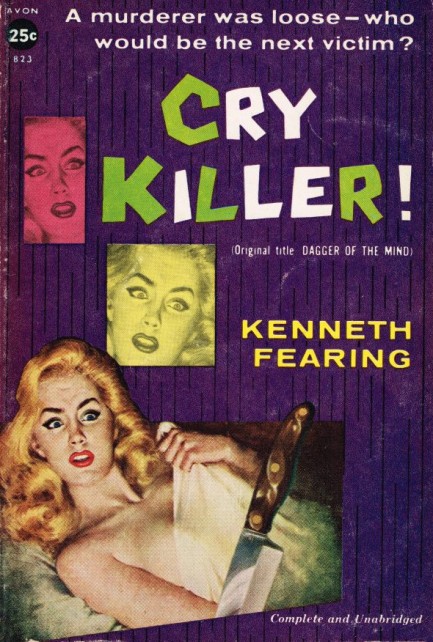
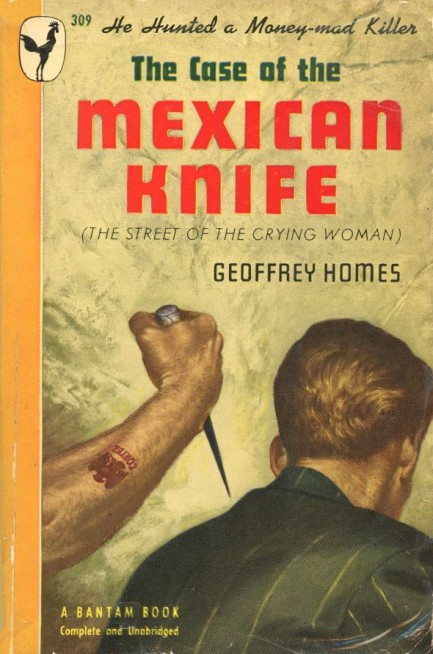
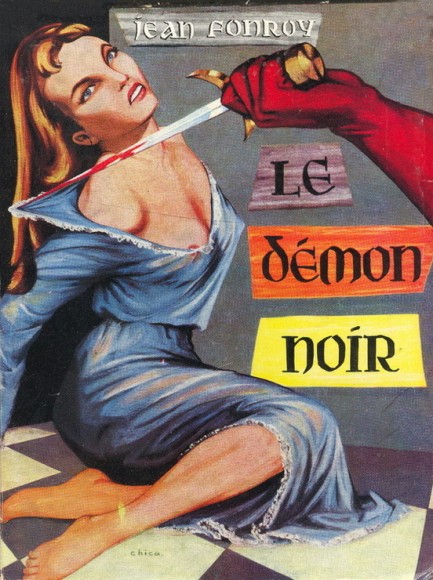
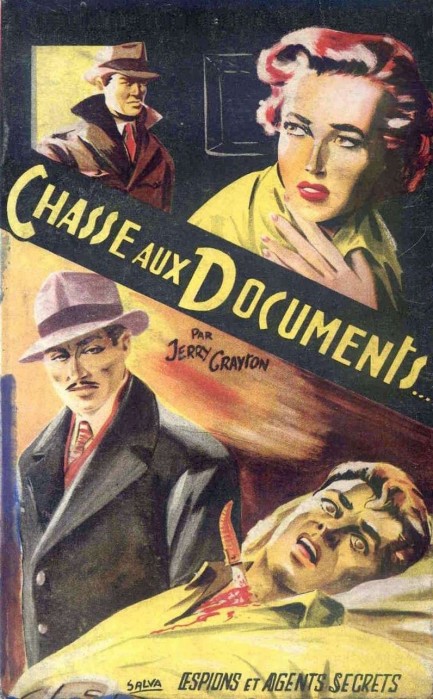
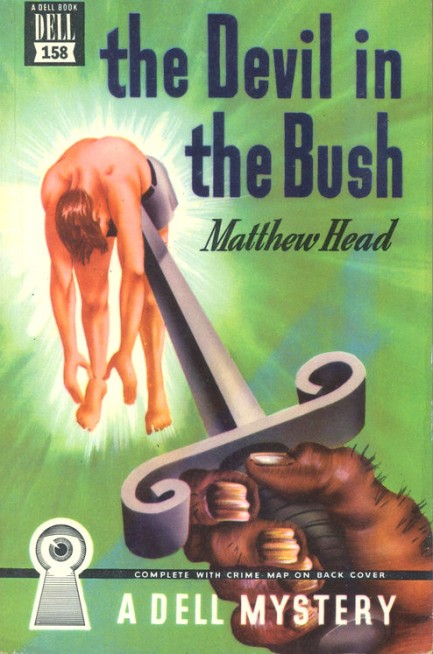
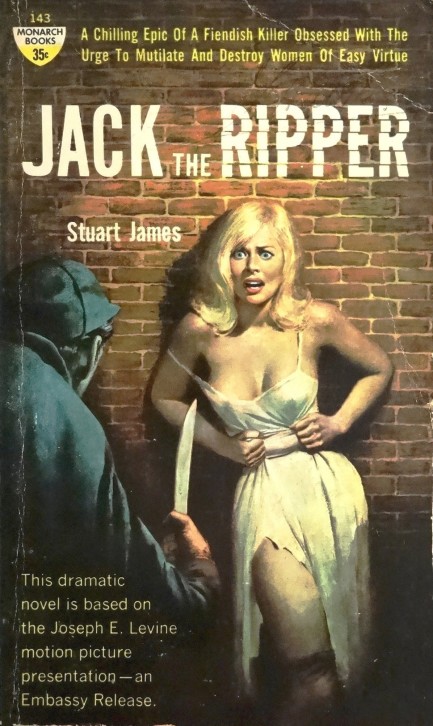
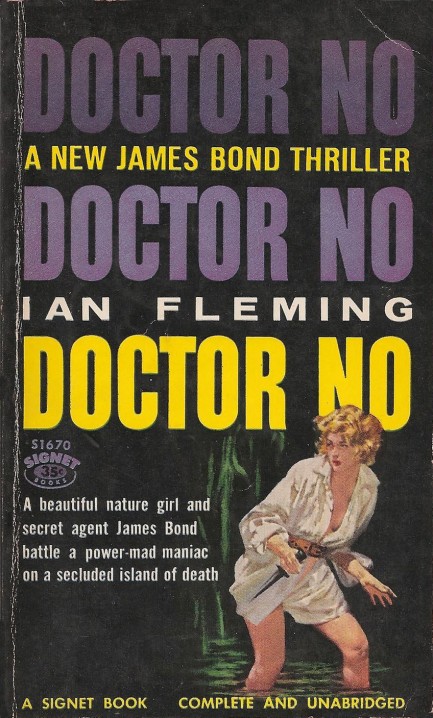
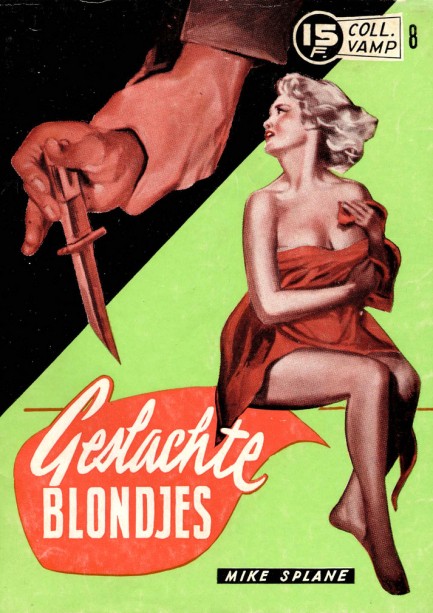
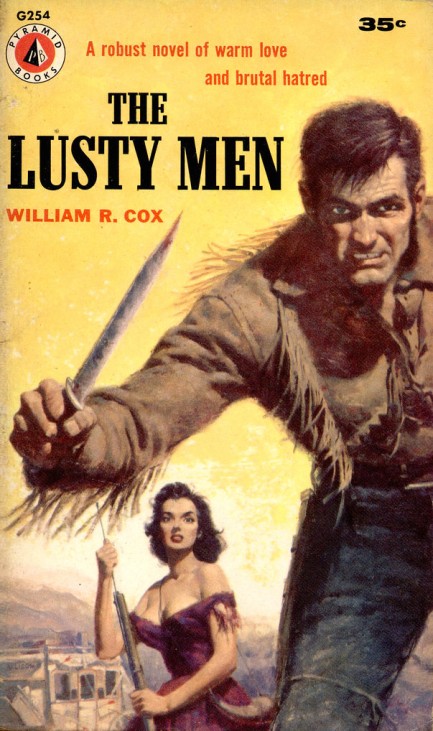
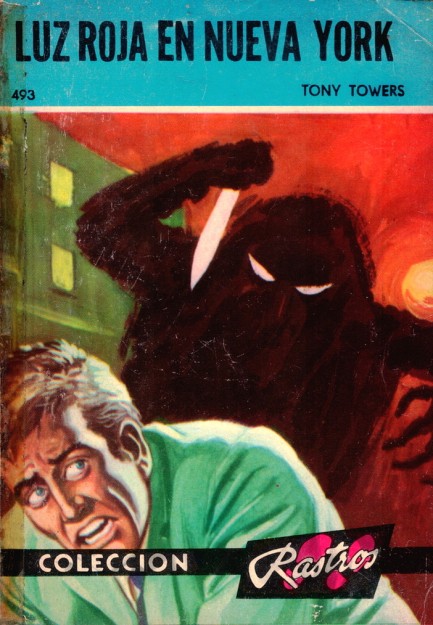
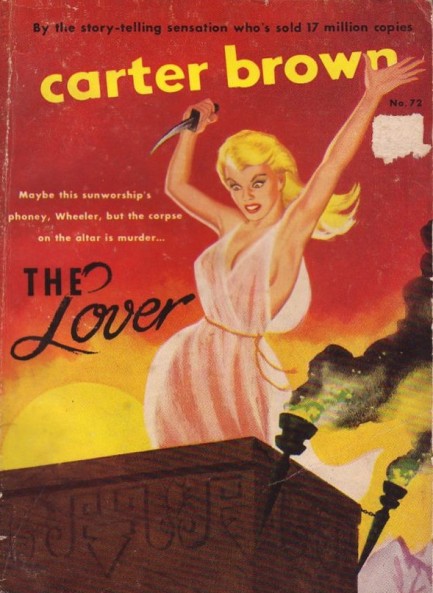
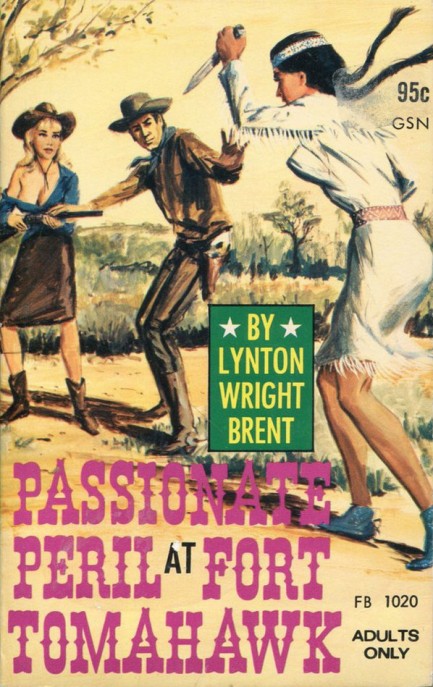
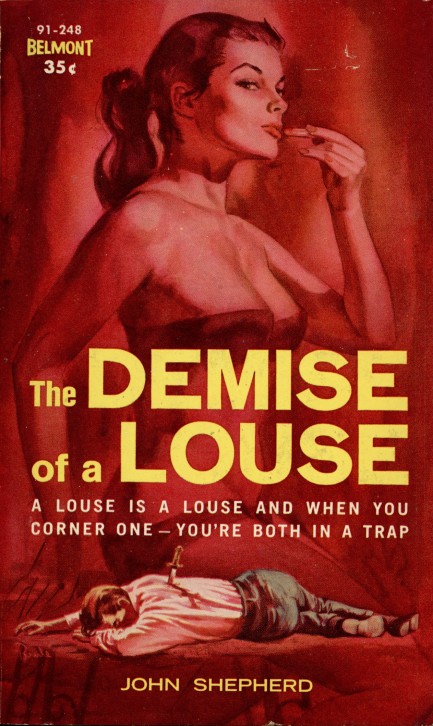
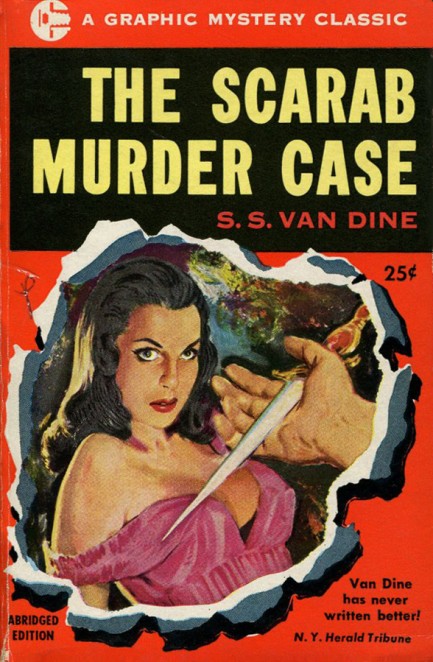
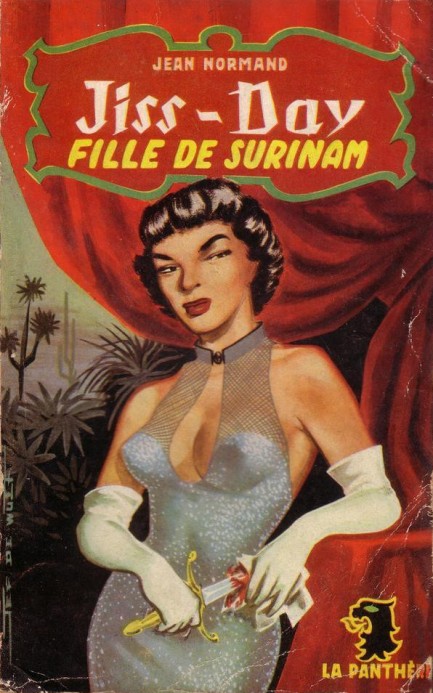
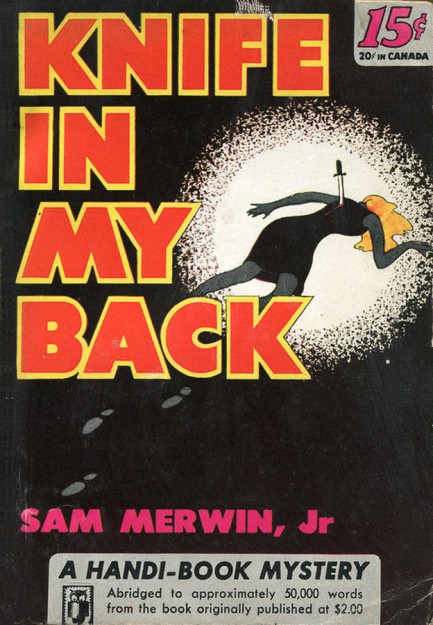
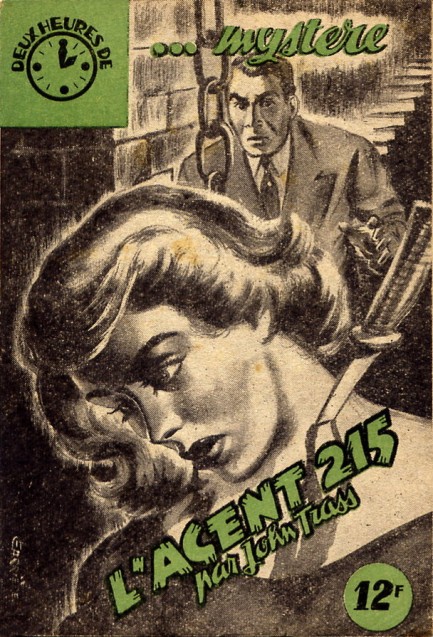

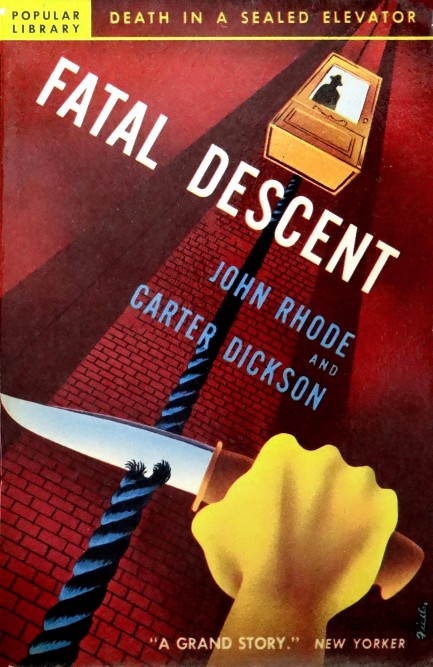
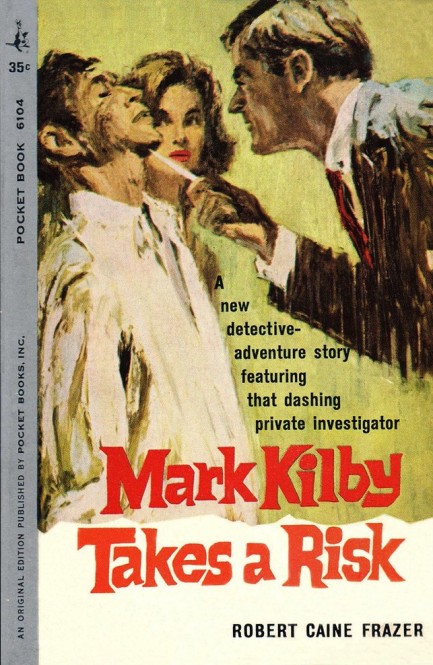
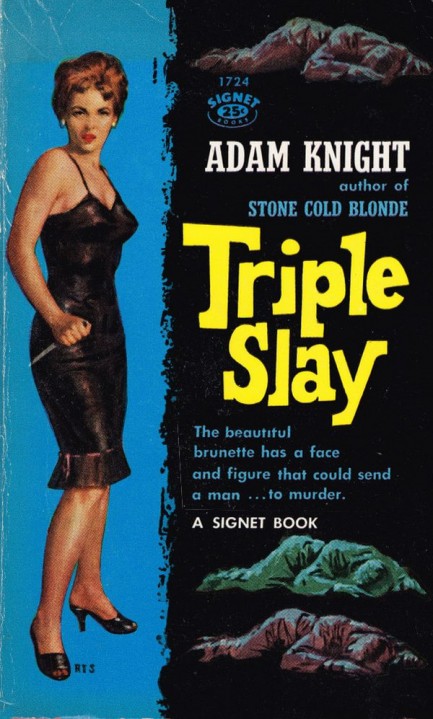
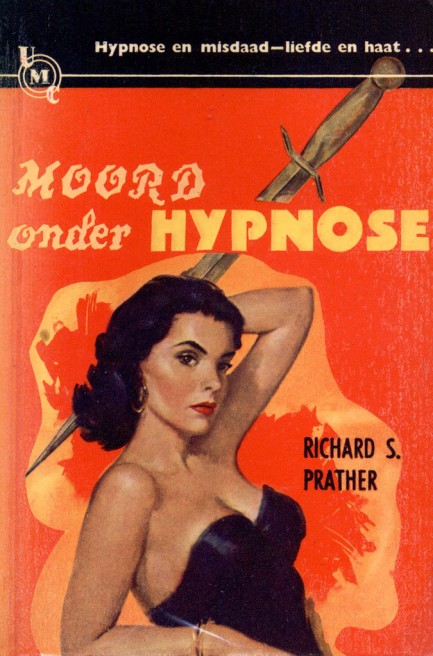
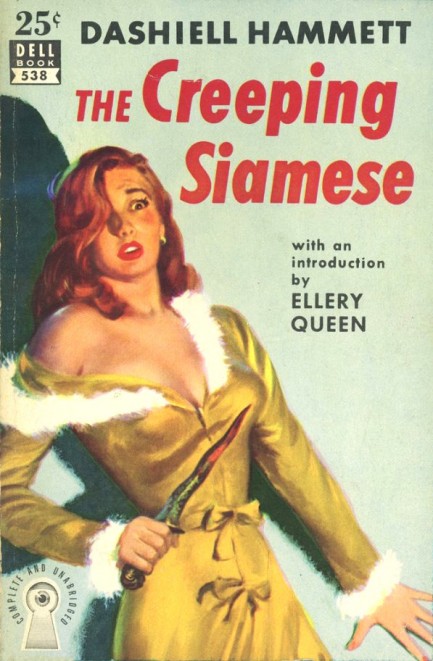
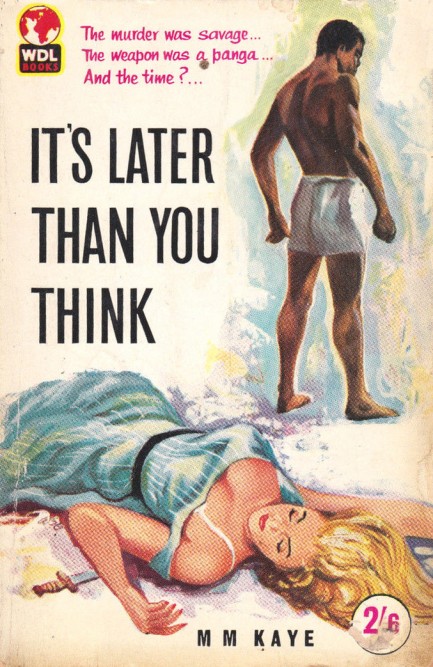
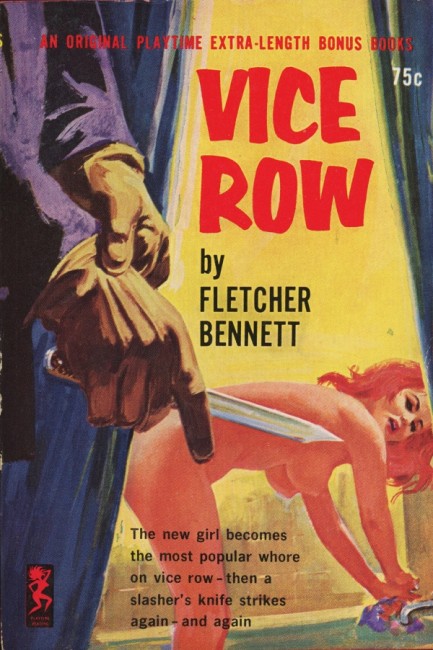
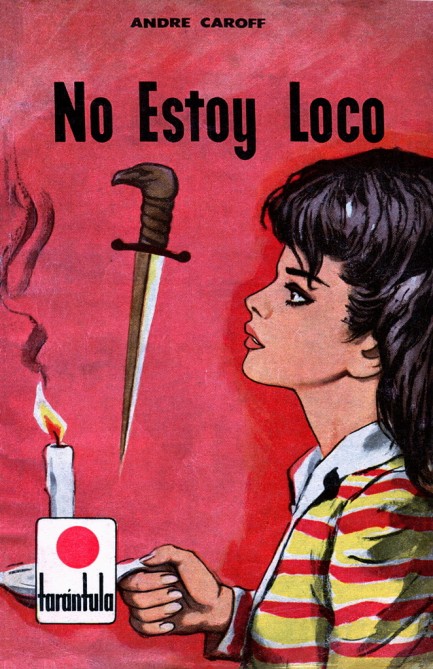
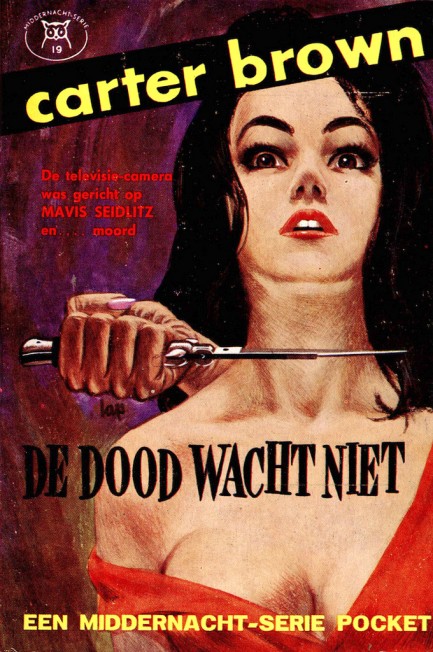
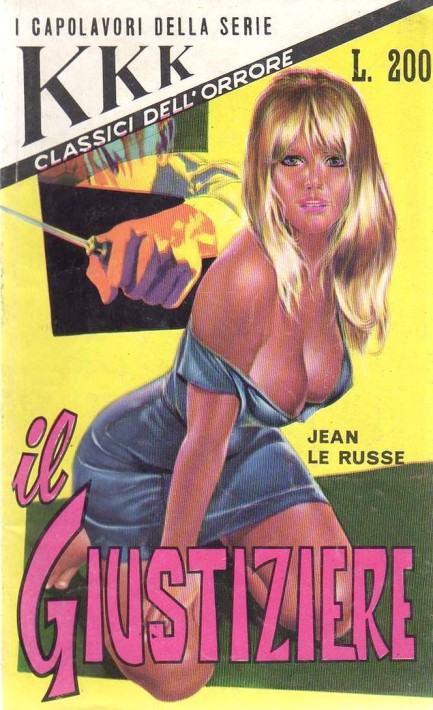
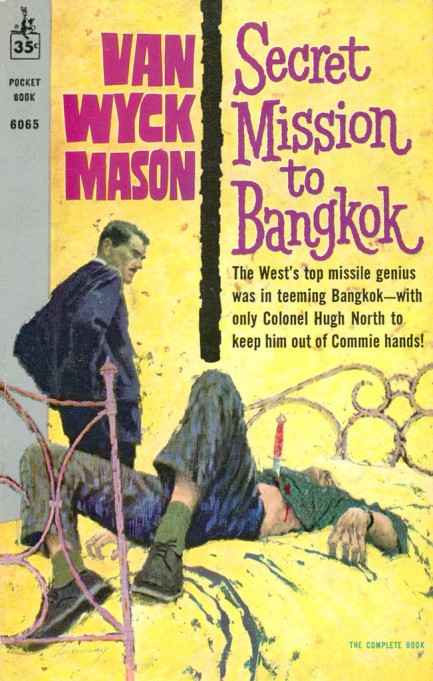
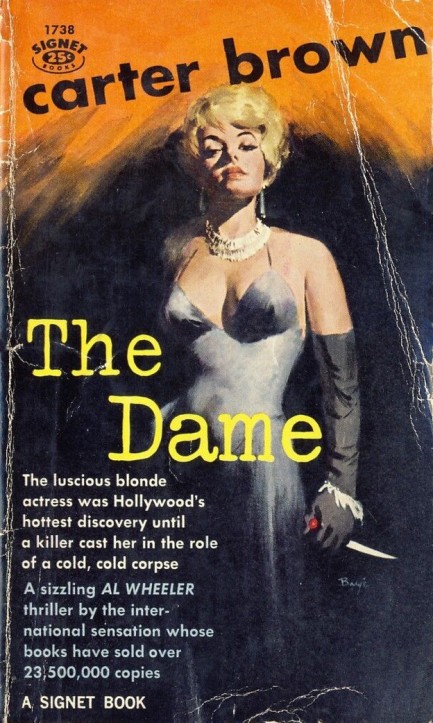
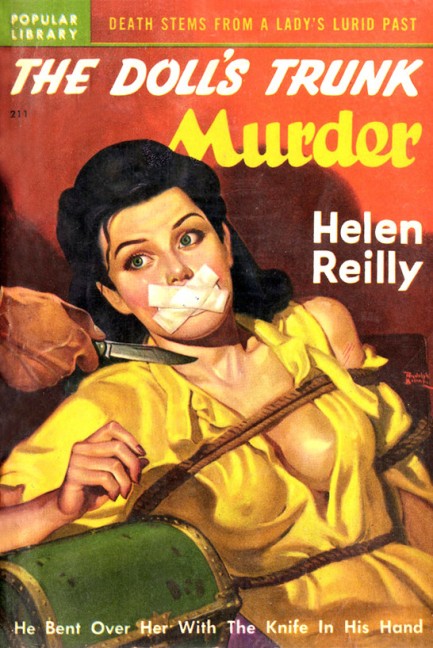
| Vintage Pulp | Mar 15 2021 |

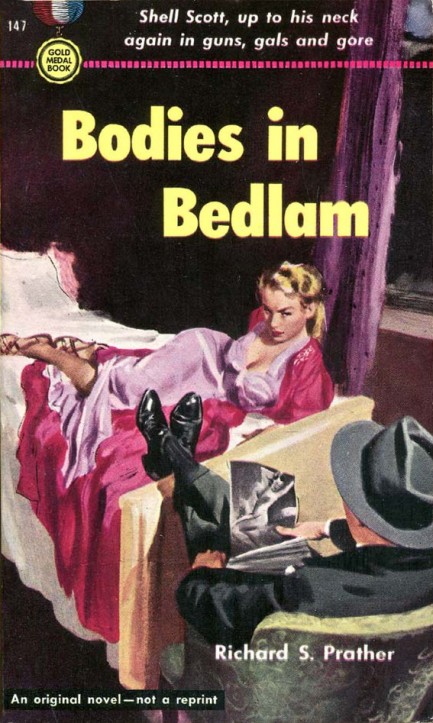
Above, a Barye Phillips cover for Bodies in Bedlam by Richard S. Prather, the second entry in his forty-one novel series (or maybe it was forty-two) starring detective Shell Scott, for Gold Medal Books, 1951. We have a couple, so we'll circle back to Prather and Mr. Scott a bit later.
| Vintage Pulp | Apr 23 2020 |

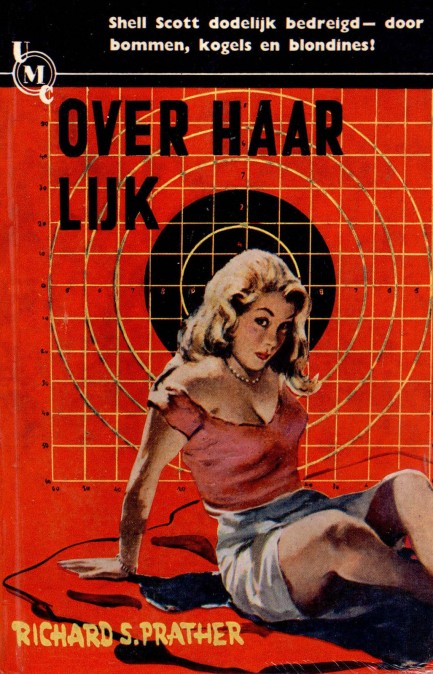
Over haar lijk was published in 1960 by Rotterdam based Uitgeversmij, and it's a Dutch edition of Richard S. Prather's 1959 thriller Over Her Dead Body. This caught our eye because the cover has the same art that was used on Steve Brackeen's Baby Moll, except with the background changed to an eye-catching blood red. Uitgeversmij often took U.S. covers and colored them. It sometimes led to cheap looking results, but occasionally, such as here and with Henry Kane's Snatch an Eye (which we showed you a while back), they lucked into beautiful results. We've seen this cover around, but we suspect it came from Flickr, so thanks to original uploader on this.
| Vintage Pulp | Jul 18 2019 |

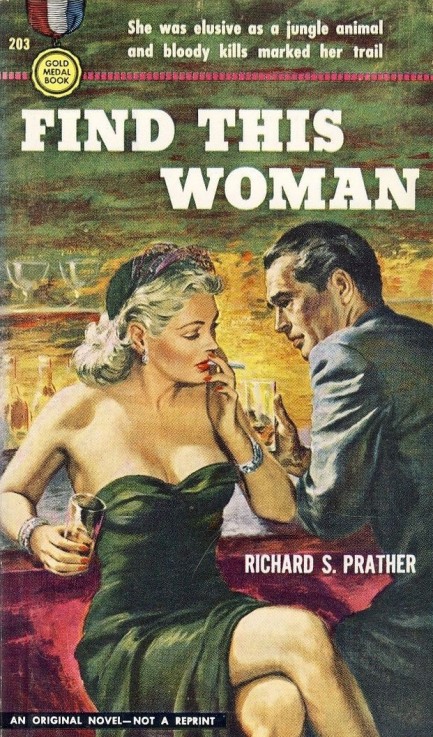
| Vintage Pulp | Mar 6 2019 |

This post was long overdue. Most pulp oriented websites do a collection of covers that have the word wanton in the title, so we're following suit. Basically because we couldn't think of anything else to do today. Numerous examples below. Enjoy.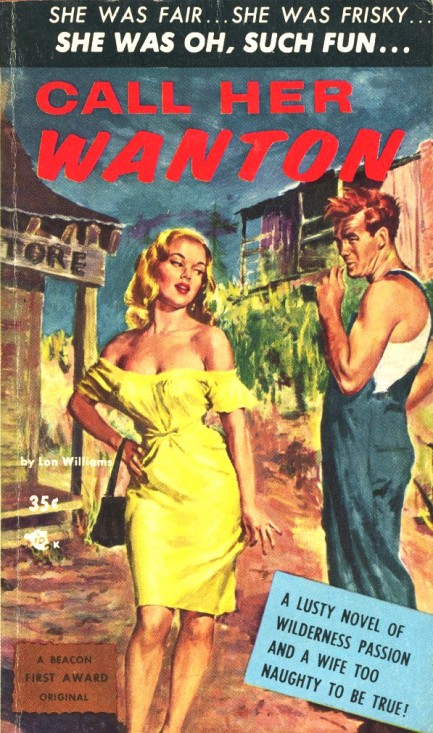
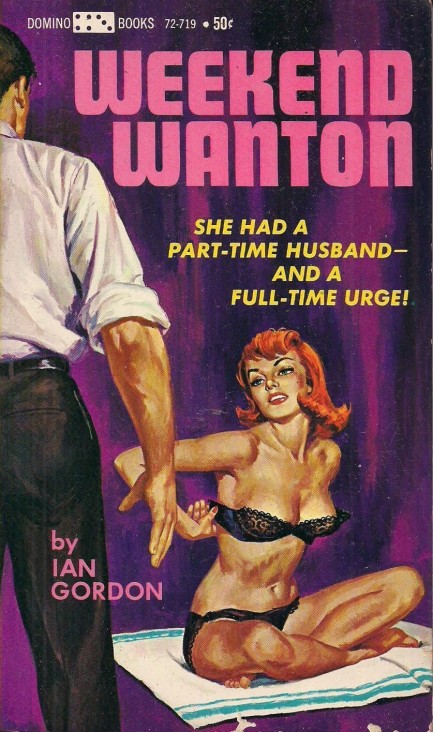
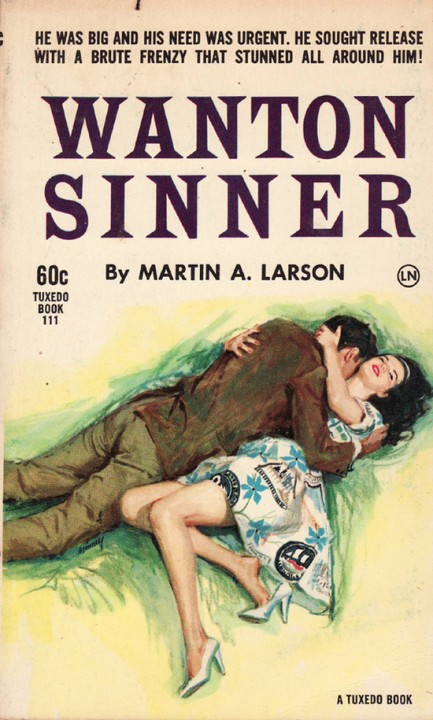
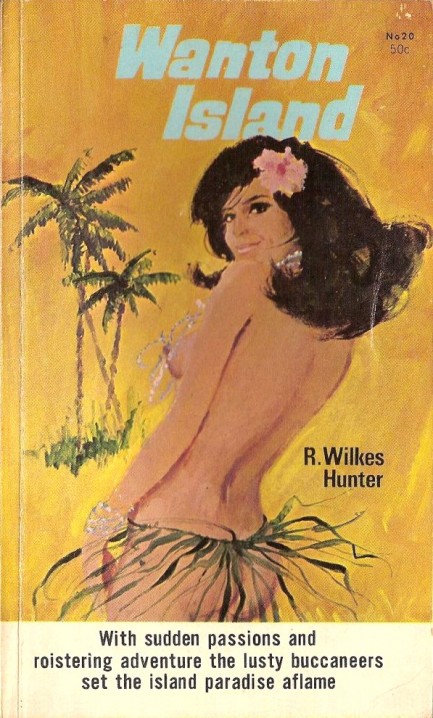

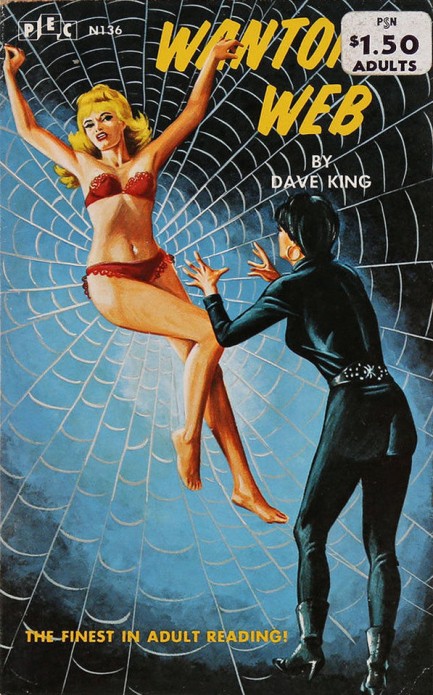
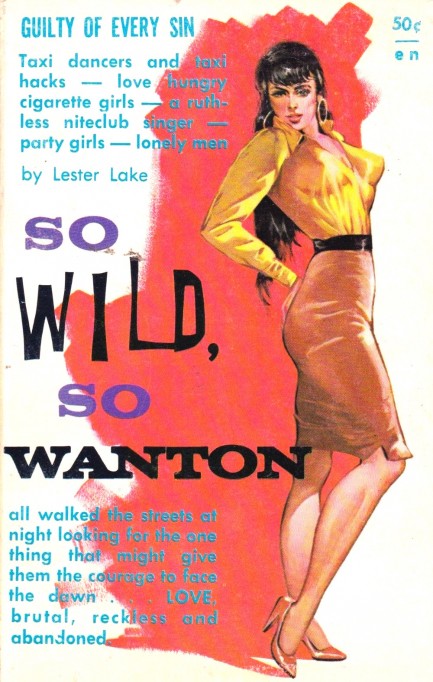
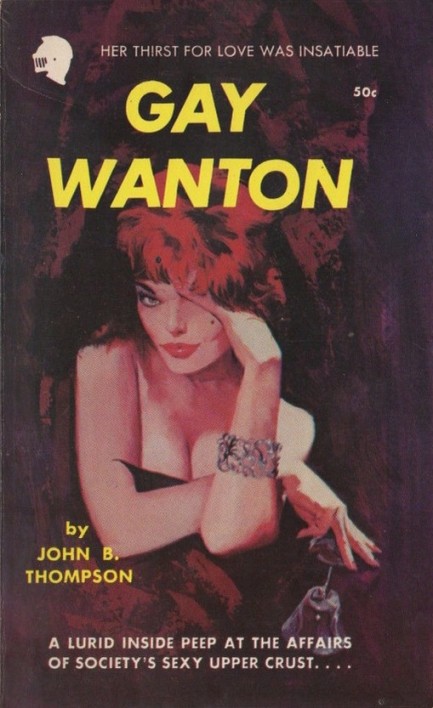
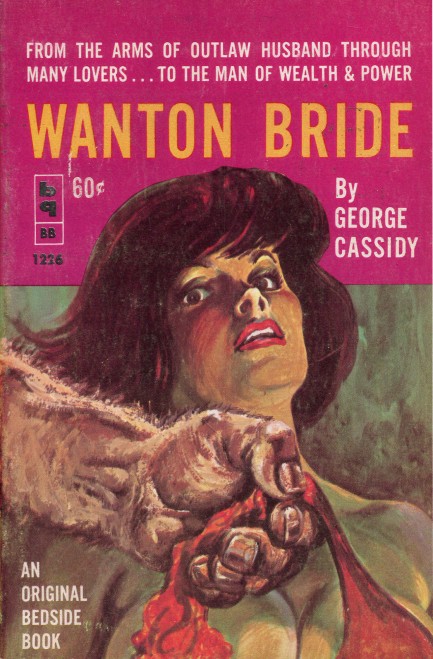
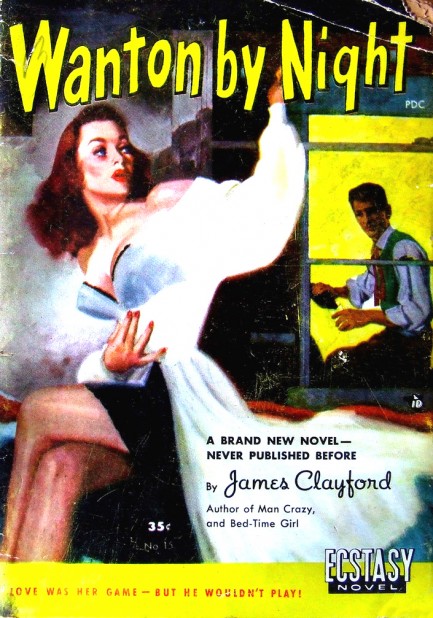
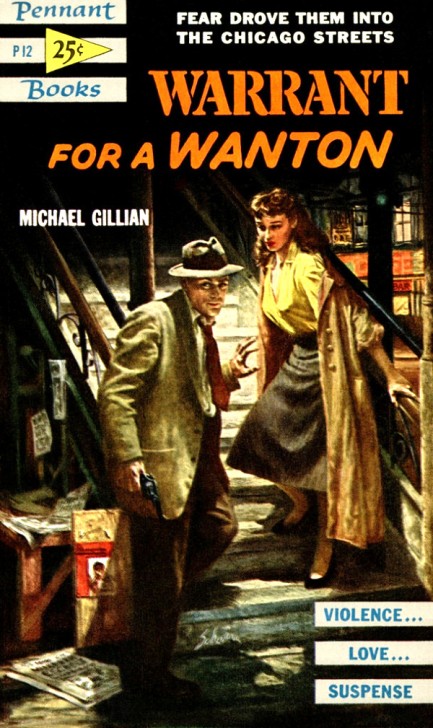
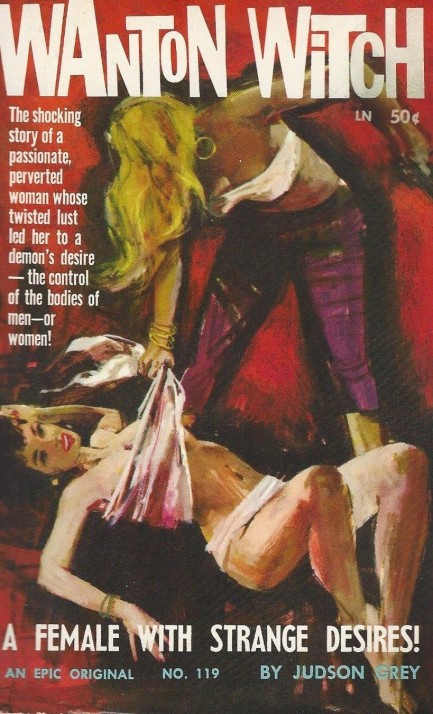
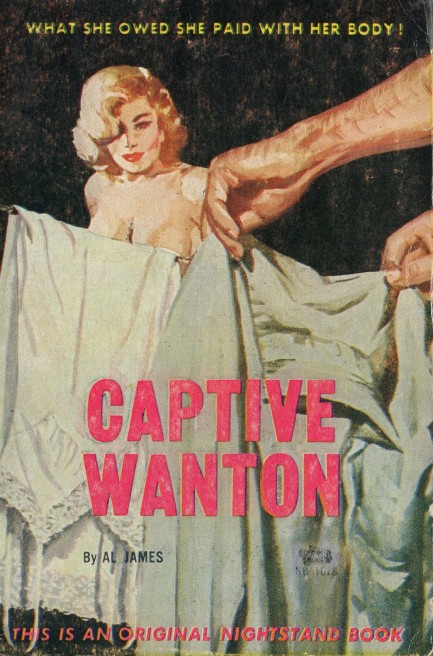
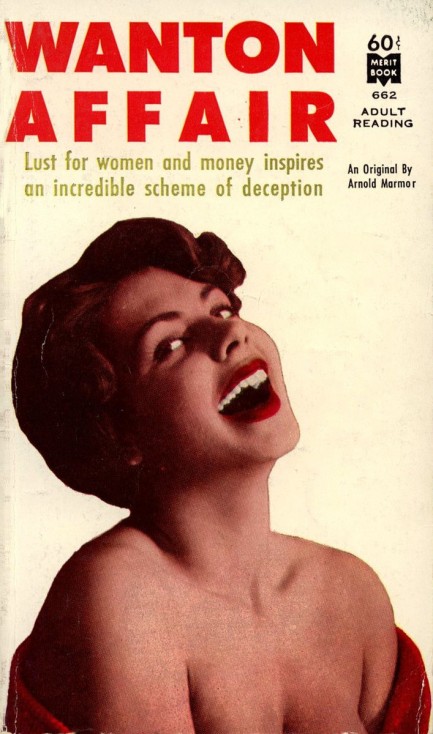
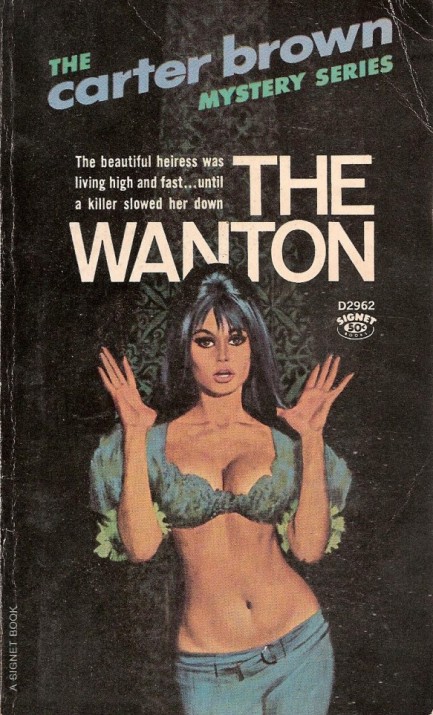
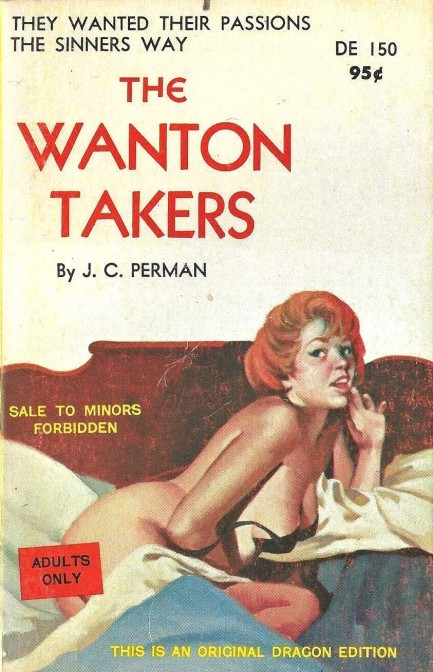
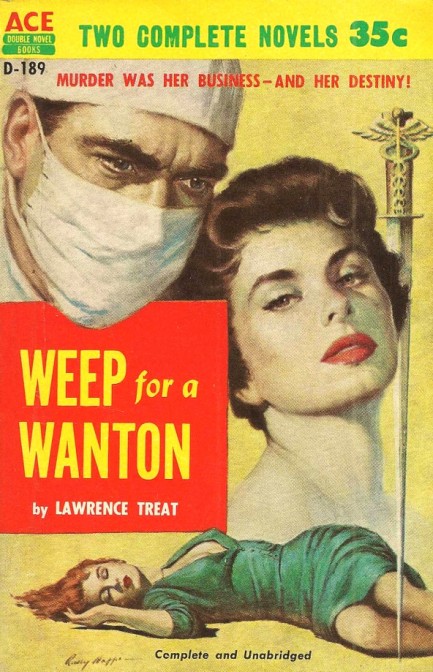
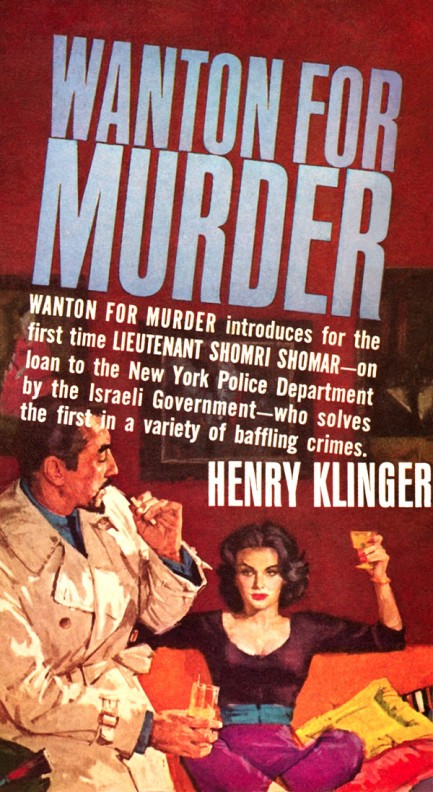
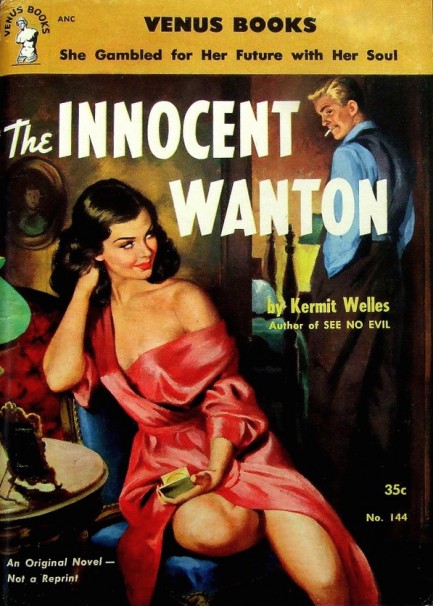
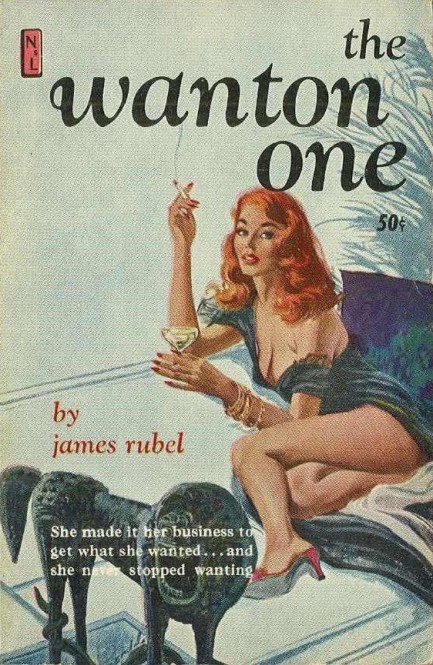
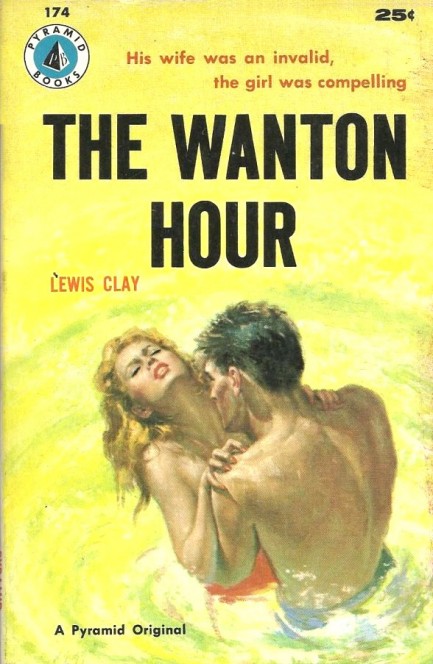
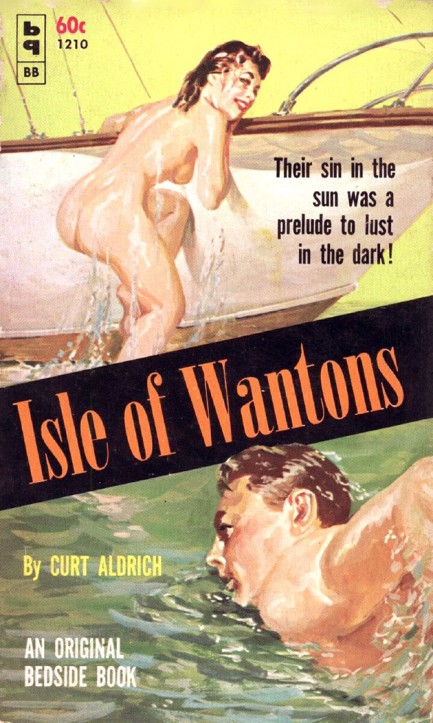
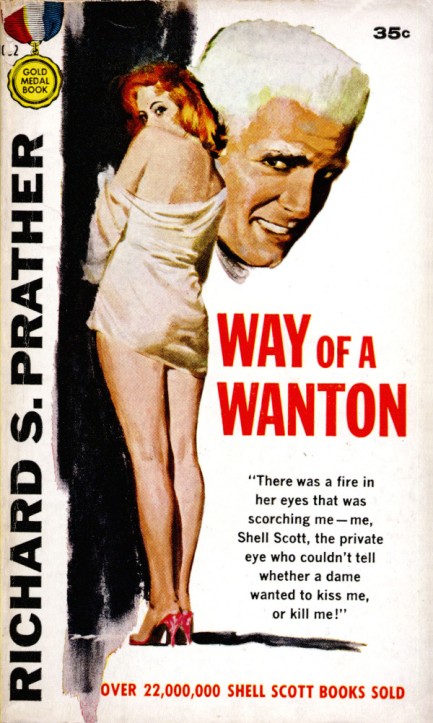
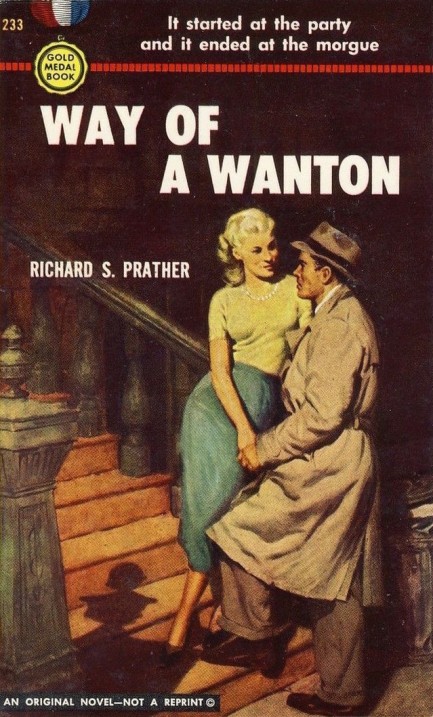
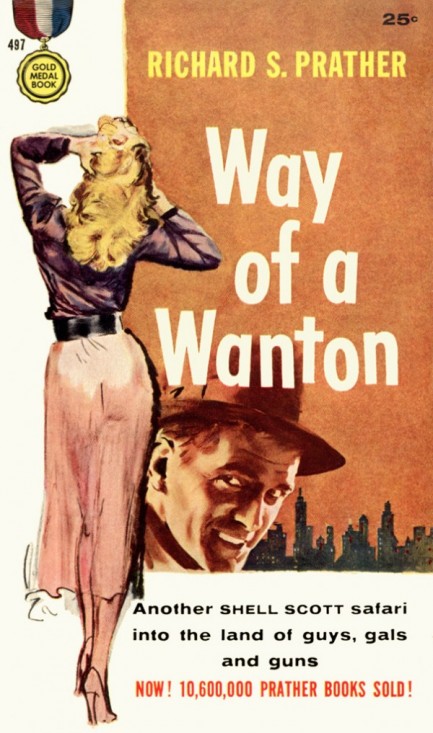
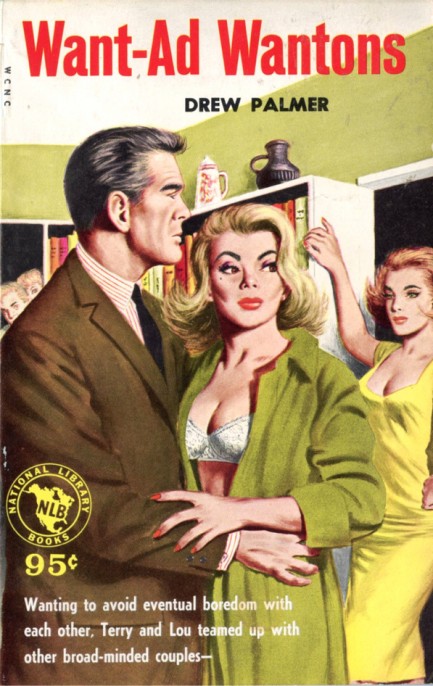
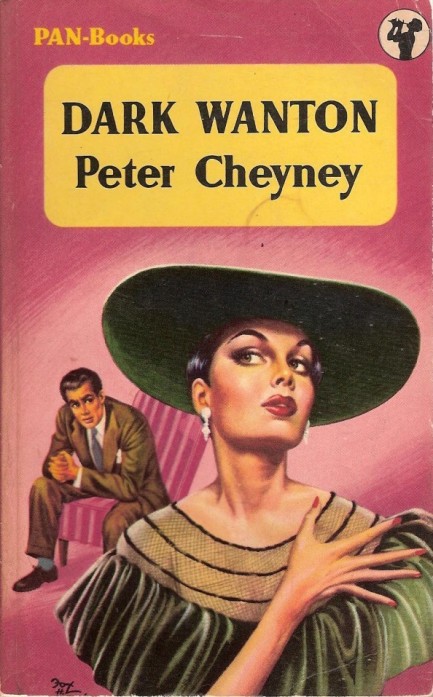
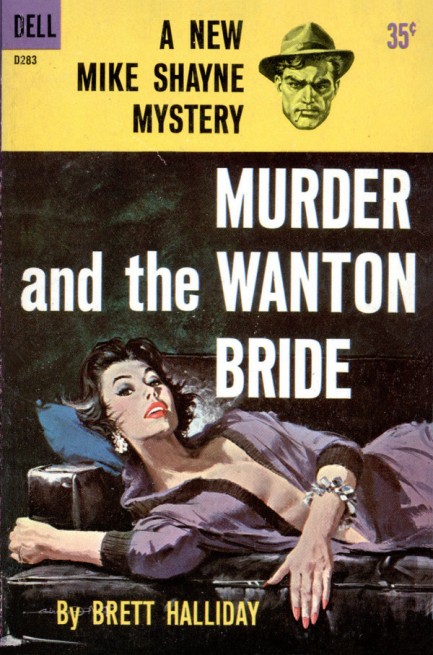
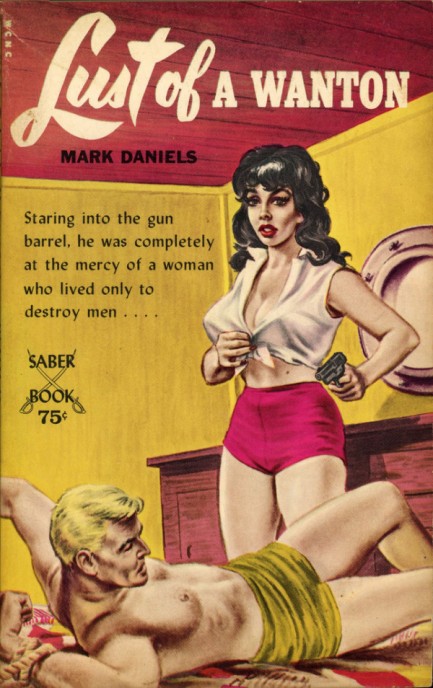
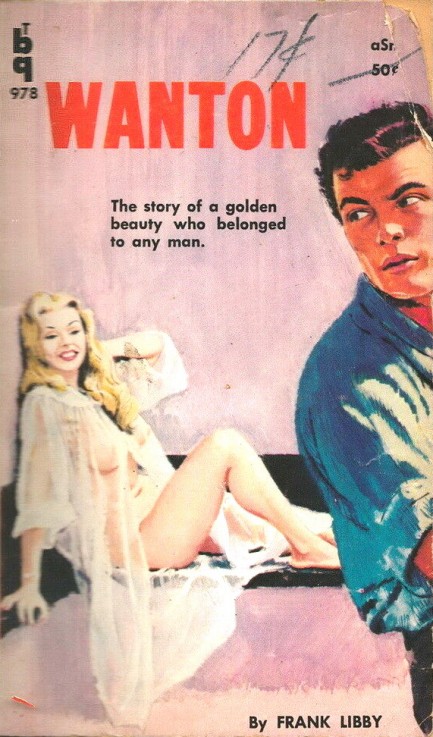
| Vintage Pulp | Jul 10 2015 |


Two years ago we shared five covers of women standing over men they had just killed and mentioned that there were many examples in vintage cover art of that particular theme. Today we’ve decided to revisit the idea in order to reiterate just how often women in pulp are the movers and shakers—and shooters and stabbers and clubbers and poisoners and scissorers. Now if they do this about a billion more times they’ll really be making a difference that counts.
French publishers, interestingly, were unusually fond of this theme—so egalitarian of them. That’s why many of the covers here are from France, including one—for which we admit we bent the rules of the collection a bit, because the victim isn’t dead quite yet—of a woman actually machine gunning some hapless dude. But what a great cover.
We also have a couple of Spanish killer femmes, and a Dutch example or two. Because we wanted to be comprehensive, the collection is large and some of the fronts are quite famous, but a good portion are also probably new to you. Art is by the usual suspects—Robert Maguire, Barye Phillips, Alex Piñon, Robert Bonfils, Robert McGinnis, Rudolph Belarski, et al. Enjoy.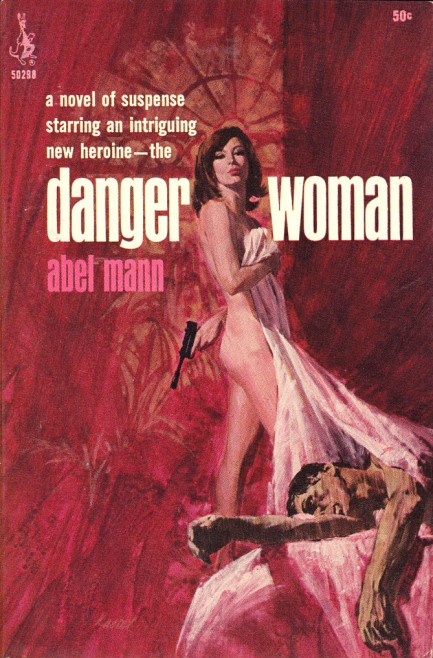
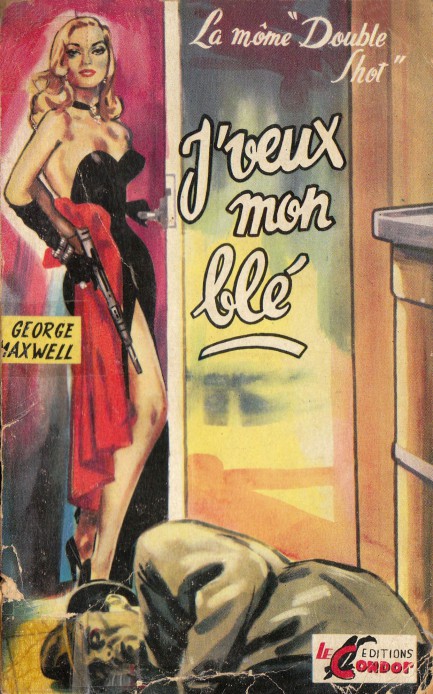
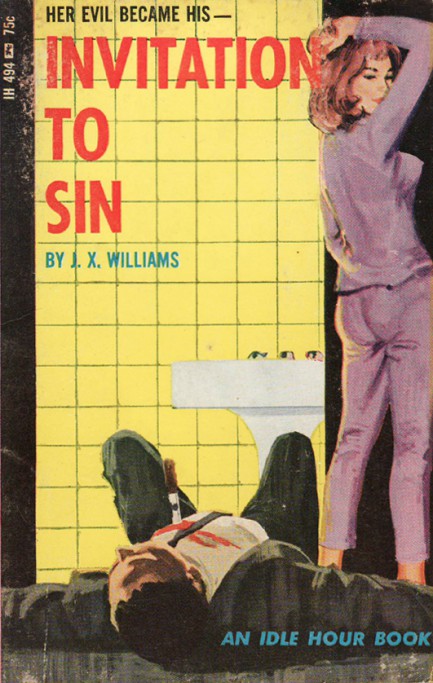
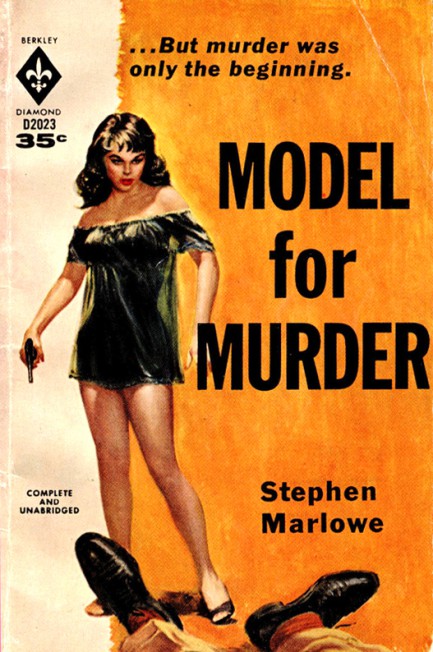
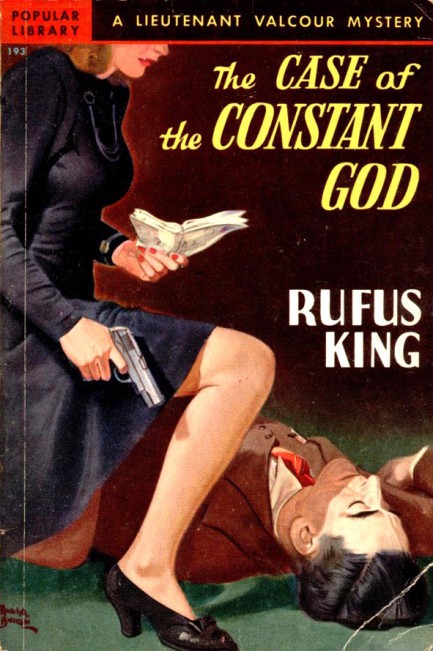
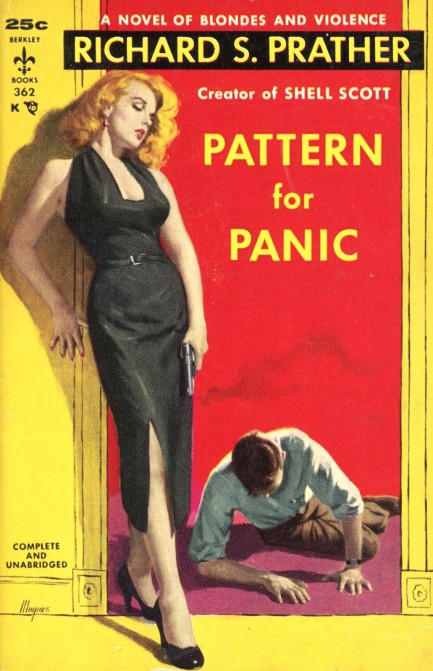
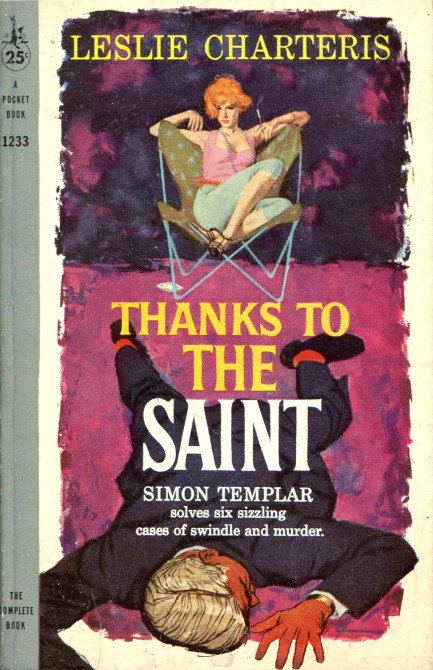
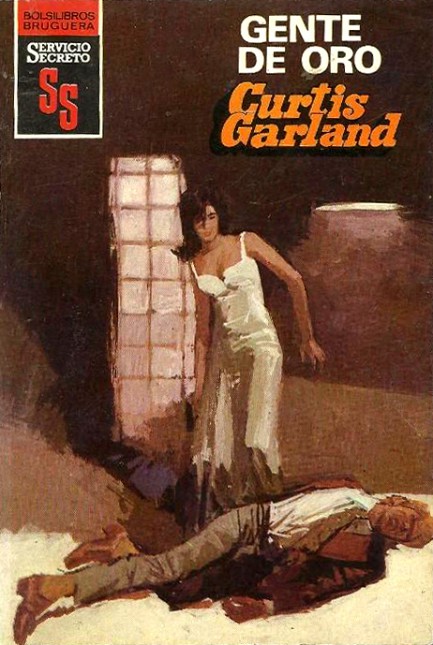
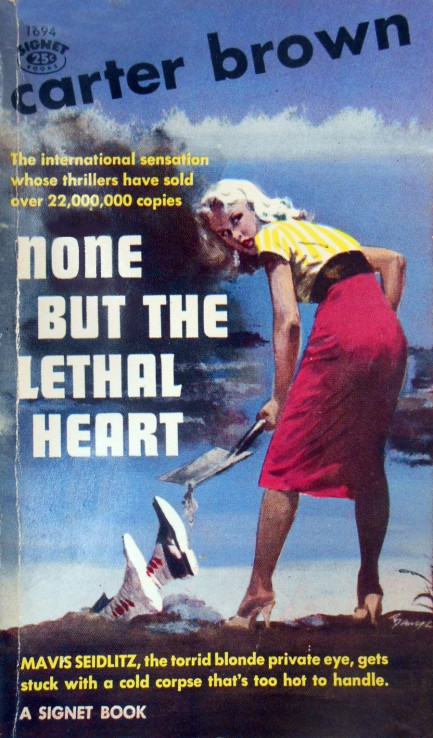
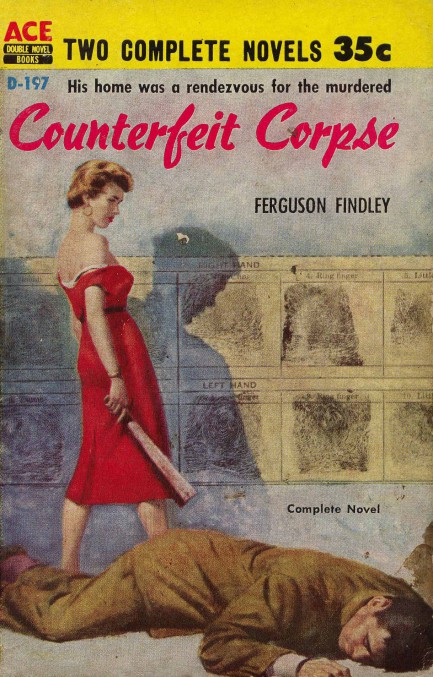
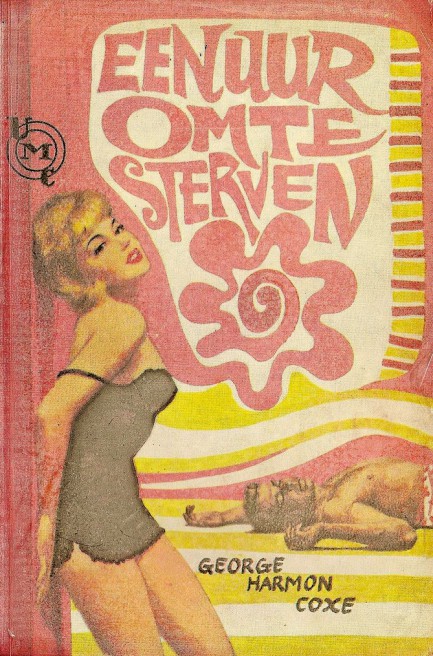
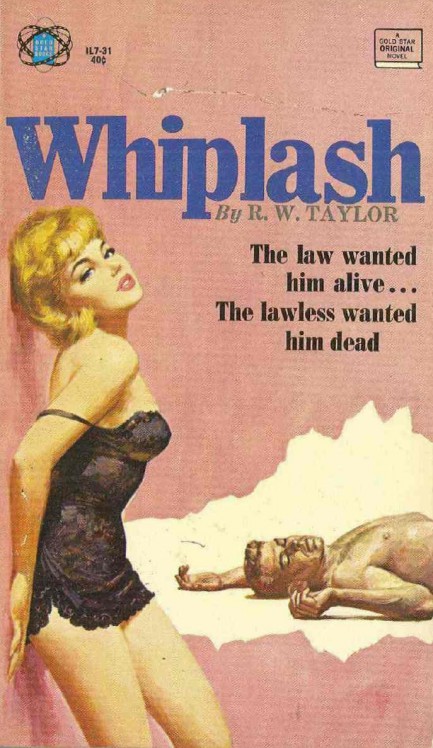
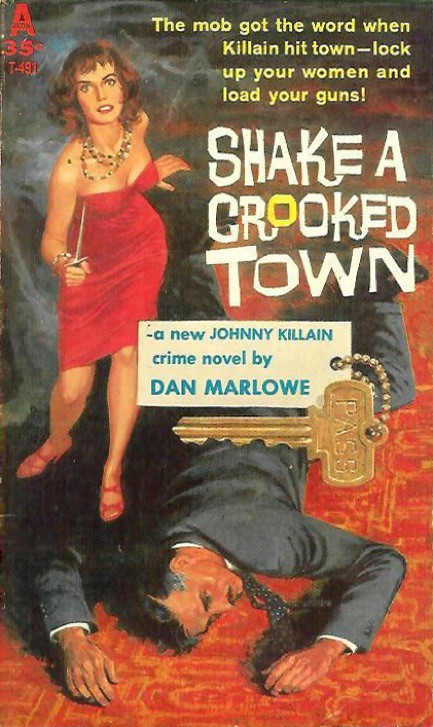
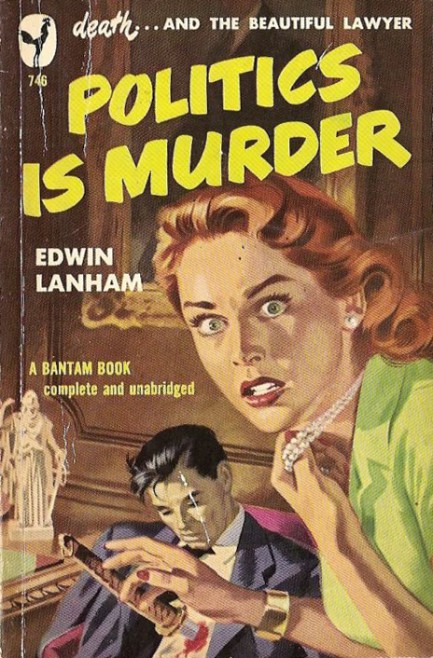
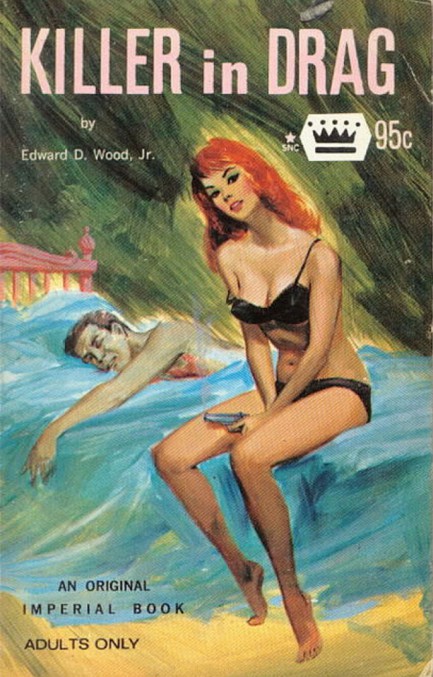

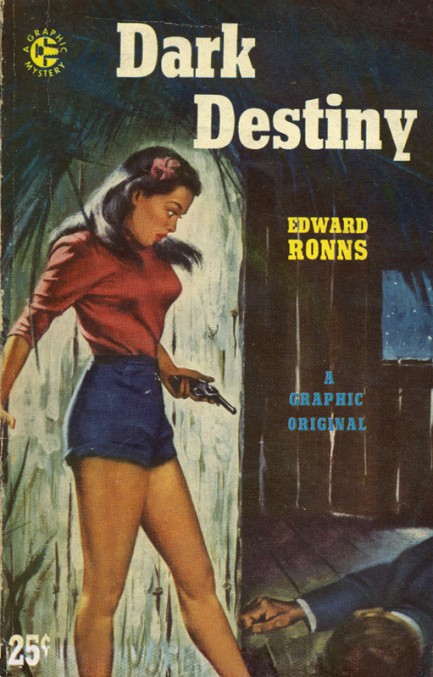
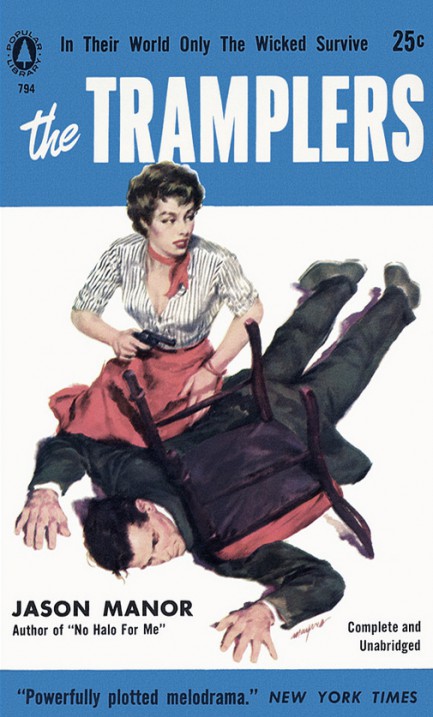


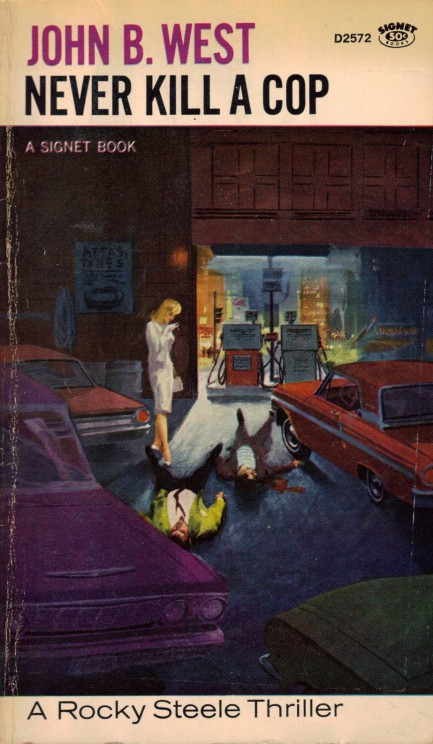
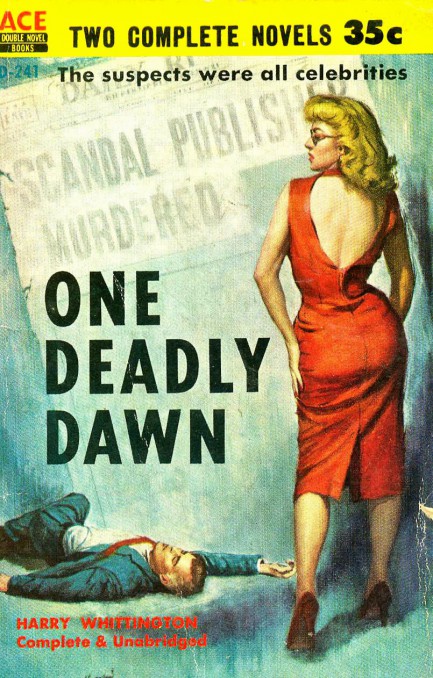
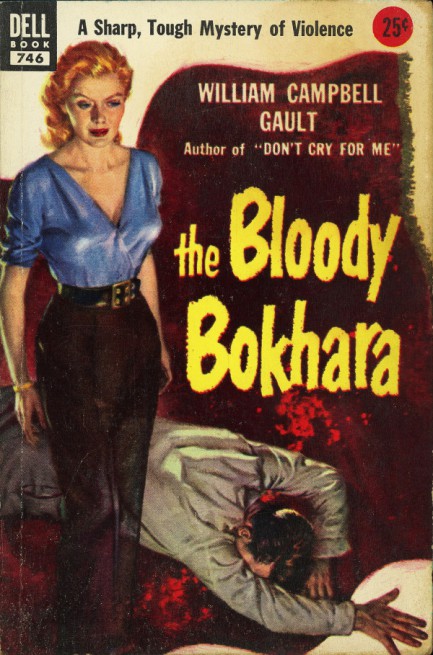
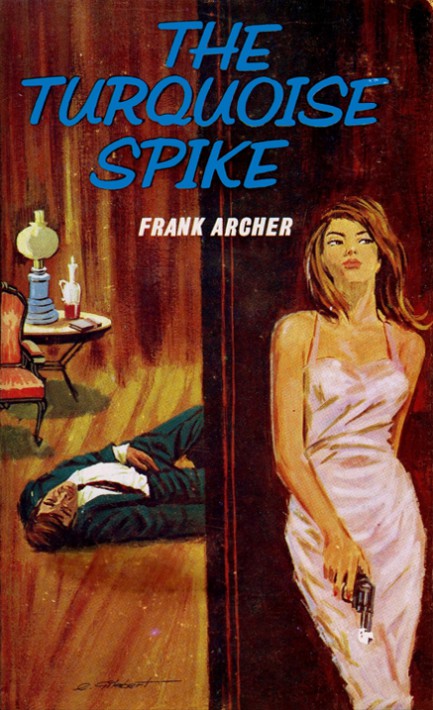
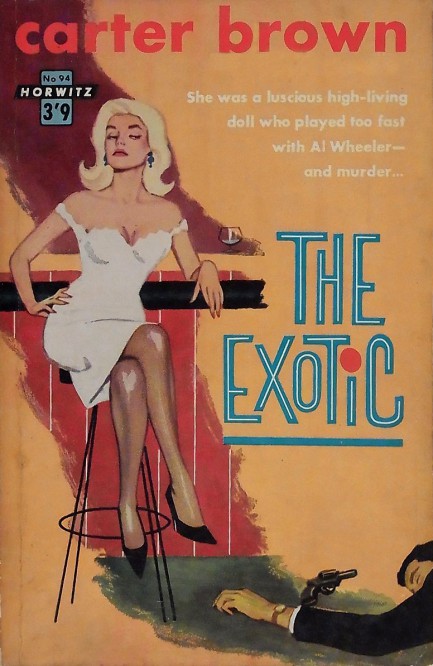

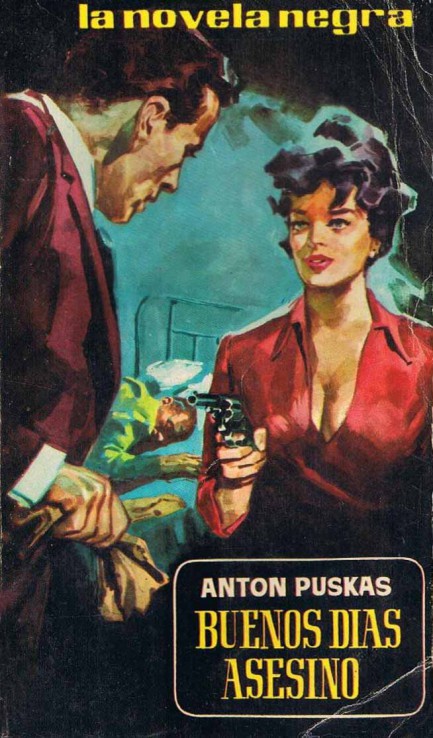
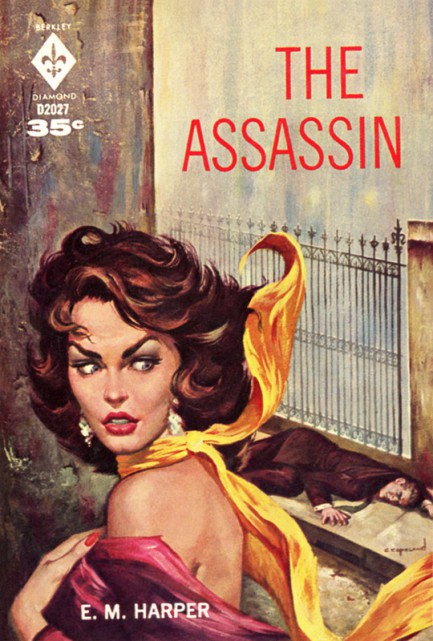
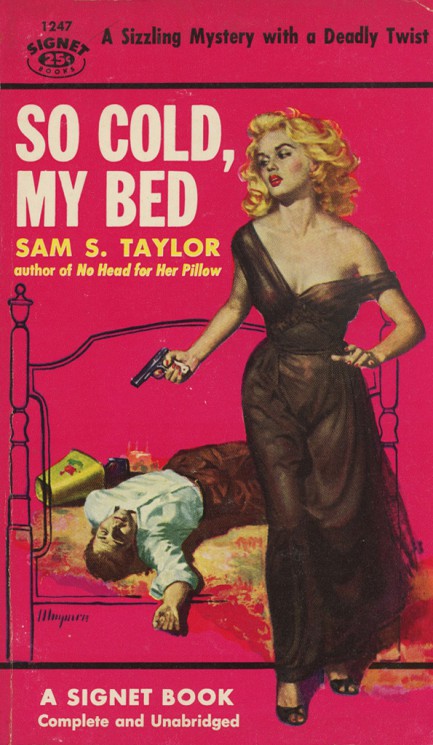
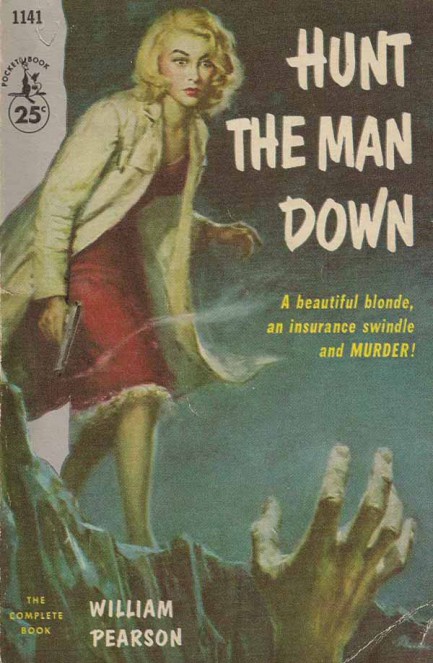

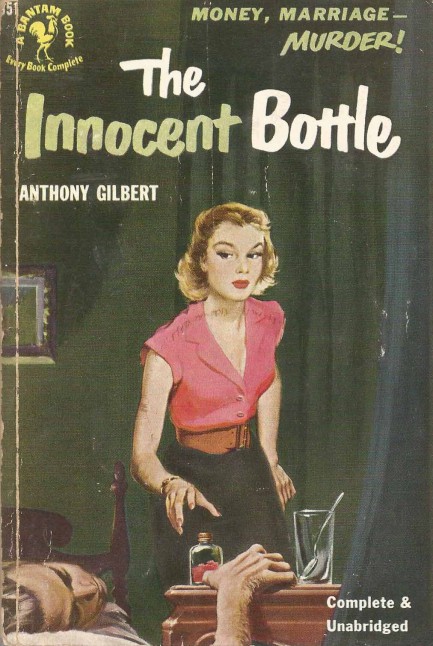
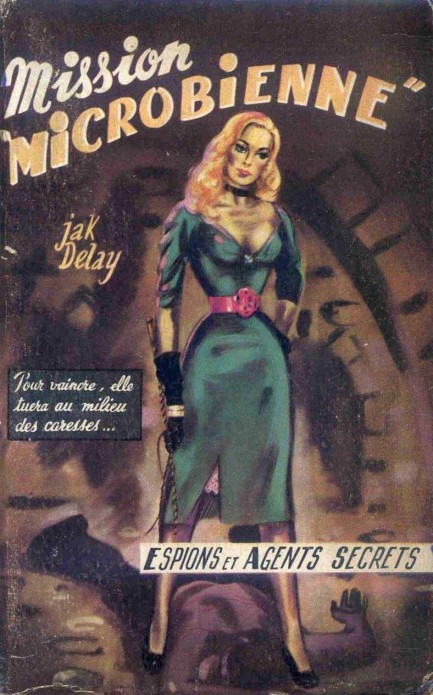
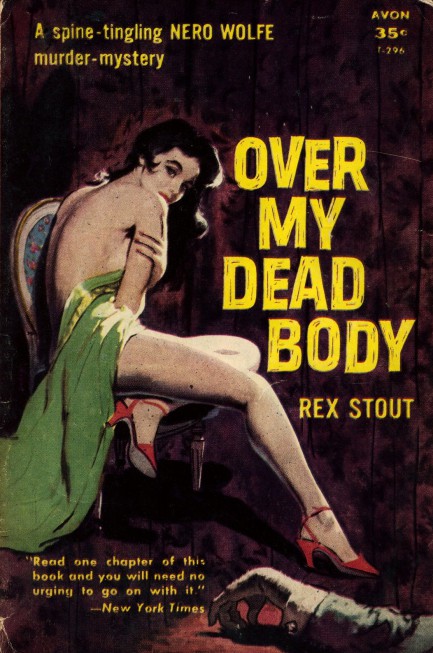
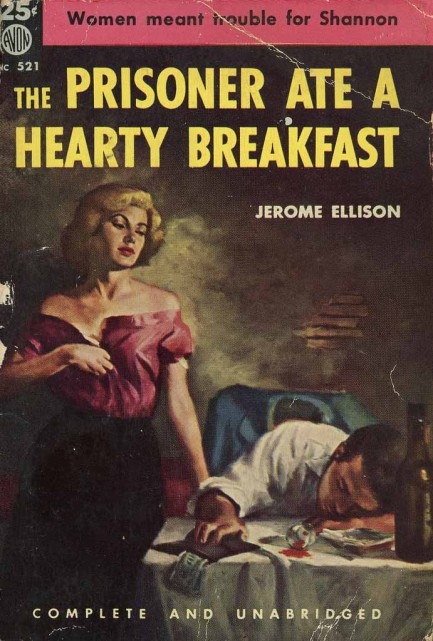
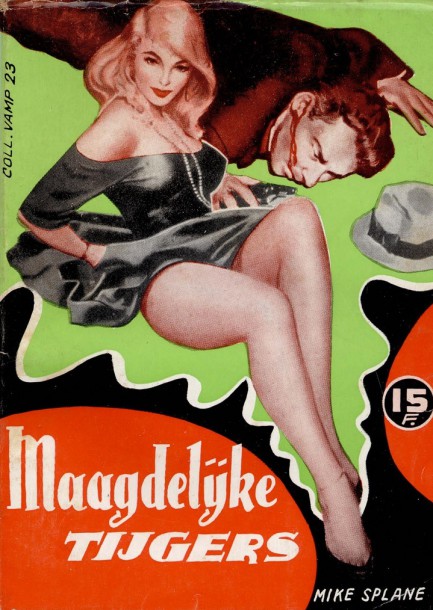


| Vintage Pulp | Feb 7 2015 |

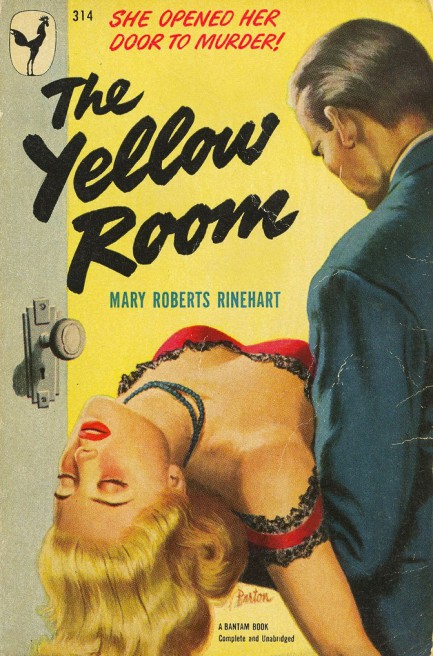
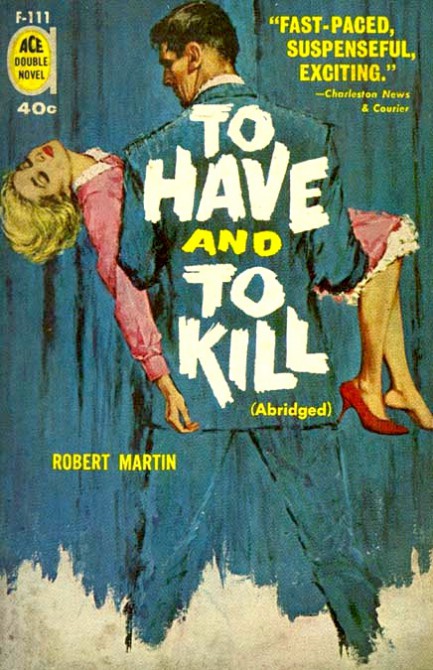
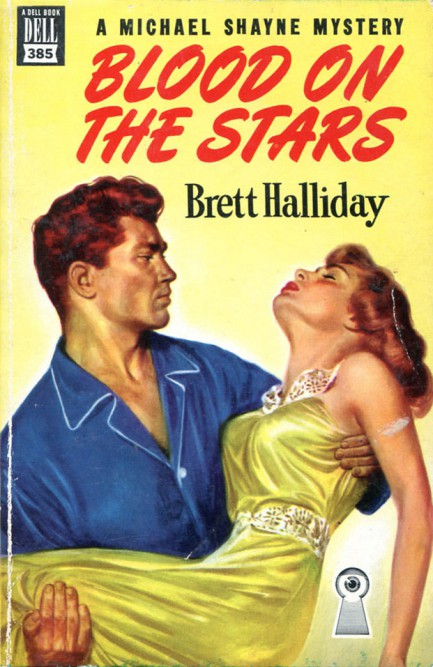
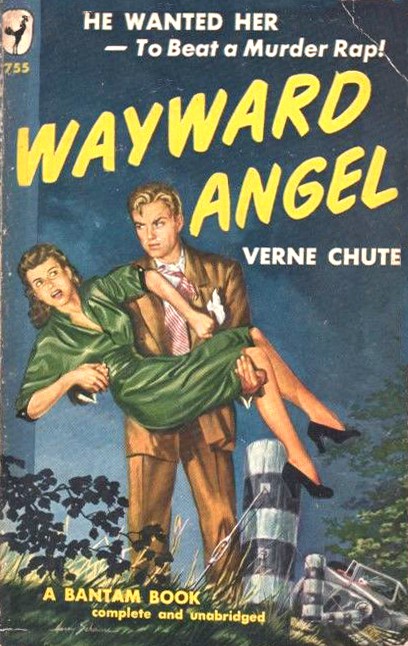
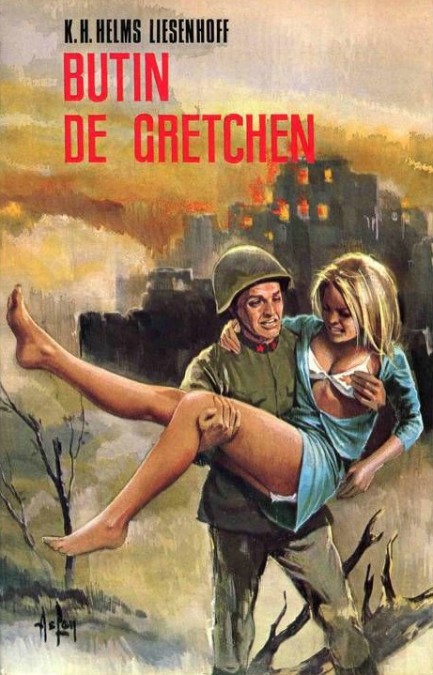
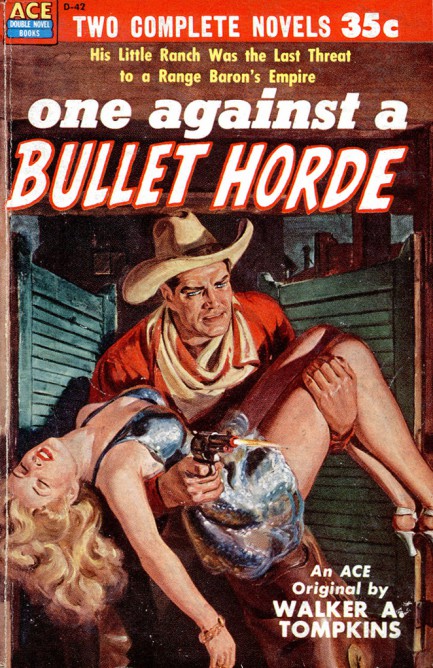
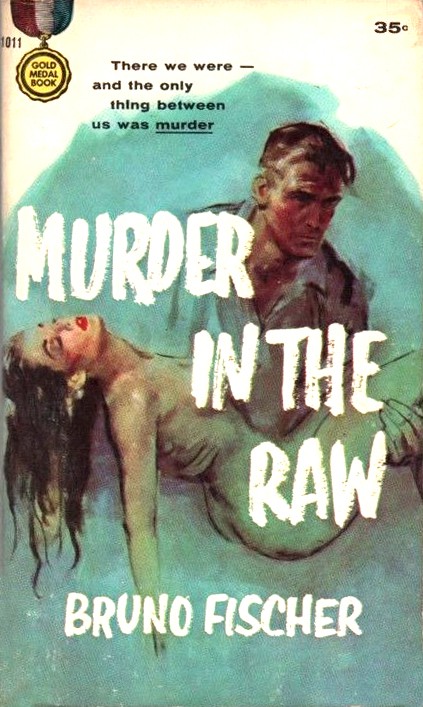
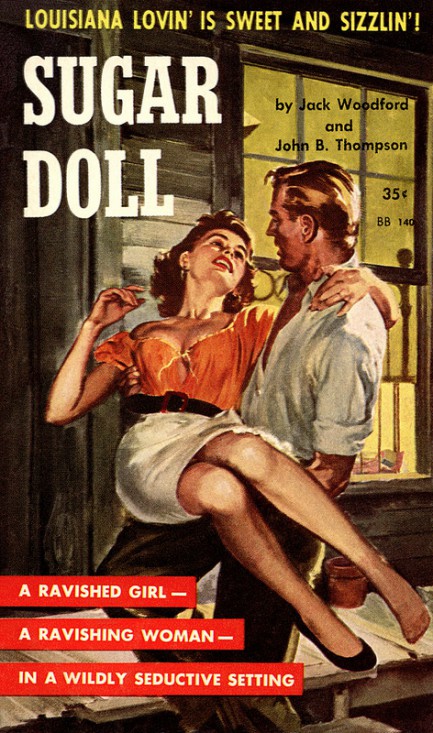
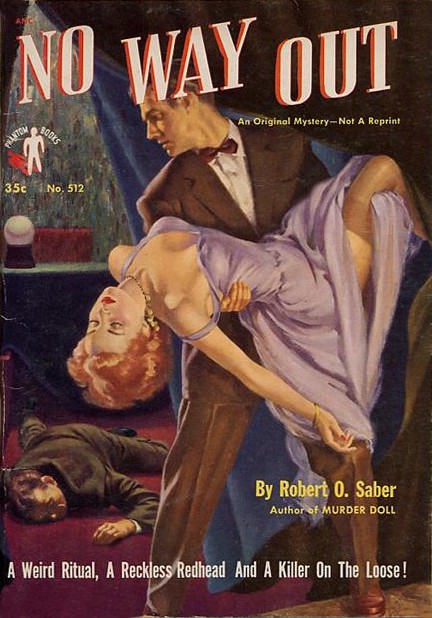
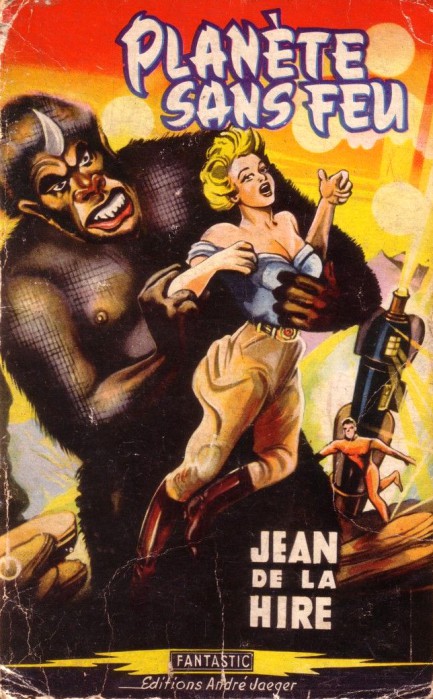
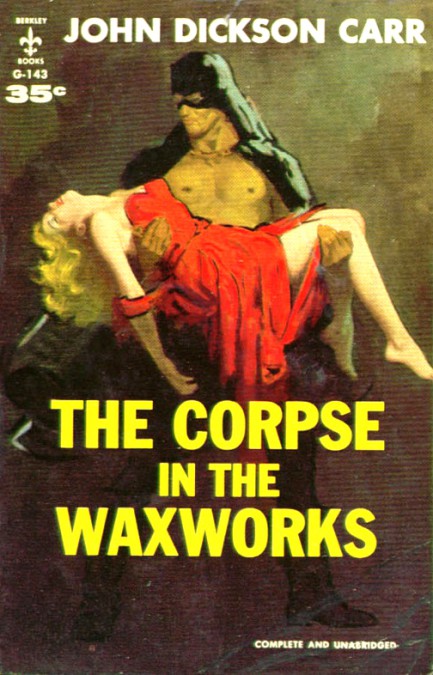
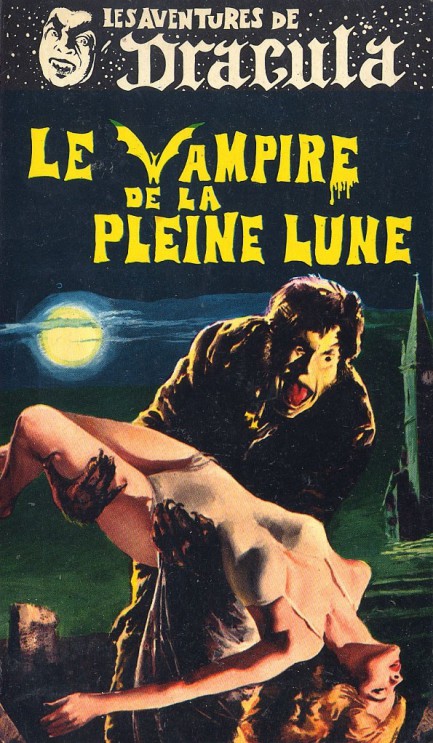
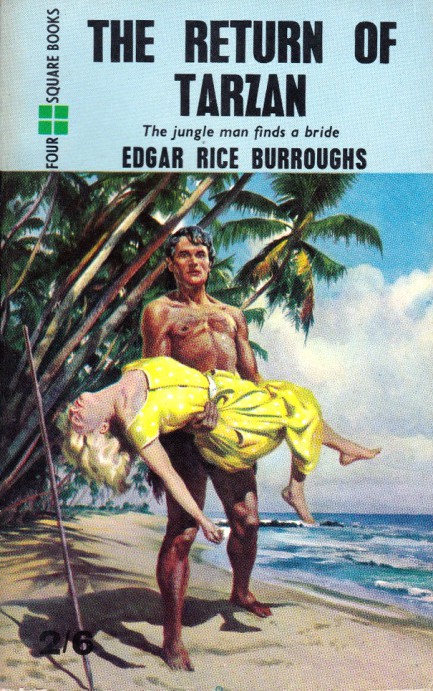
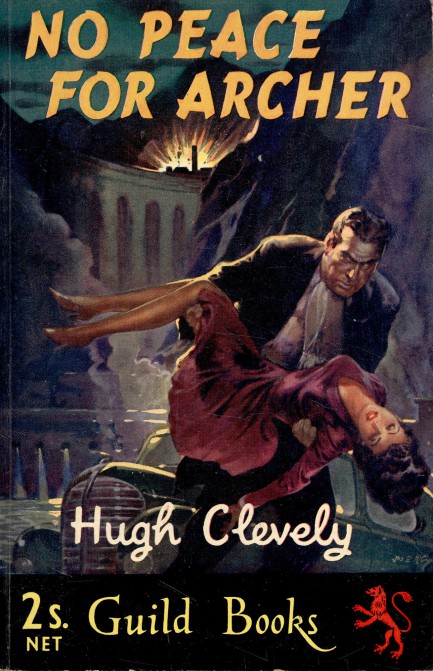
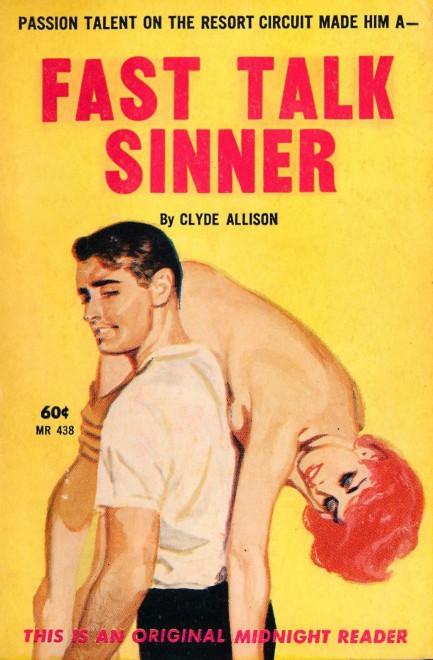
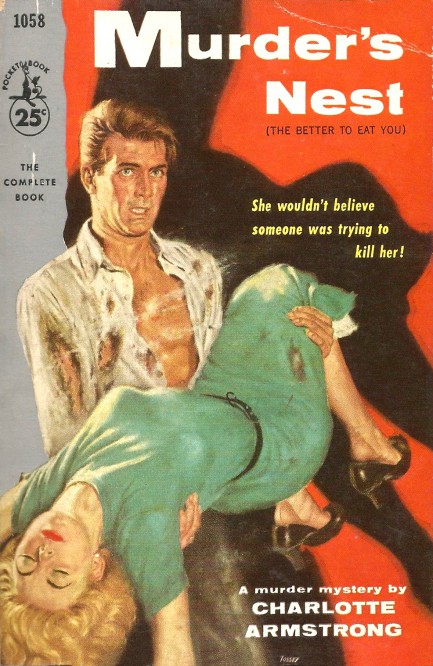
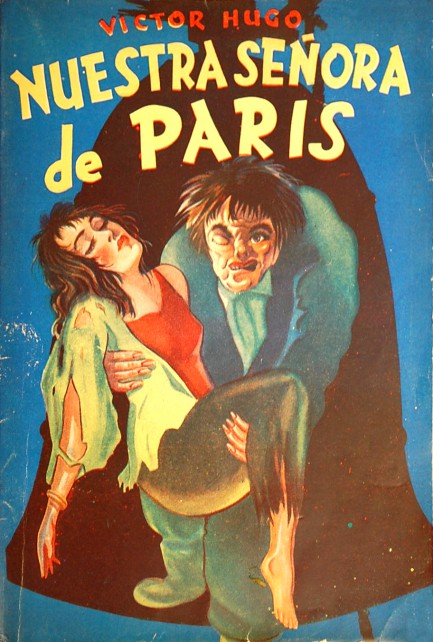
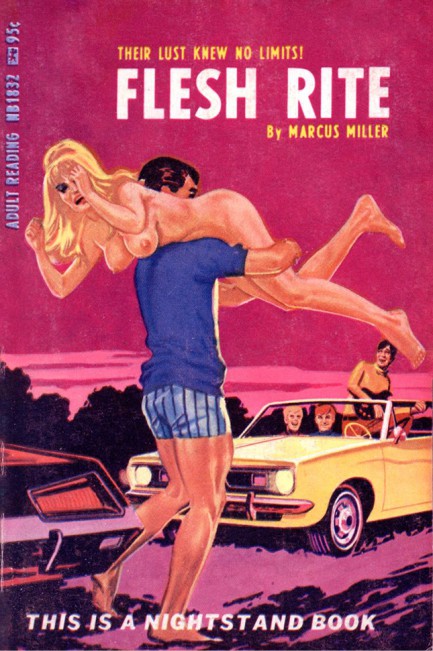
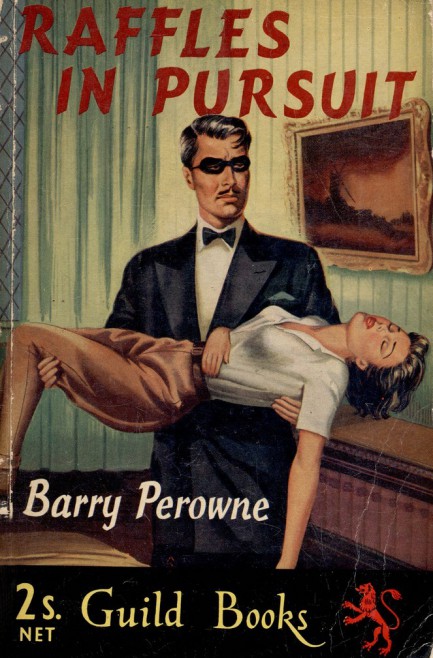
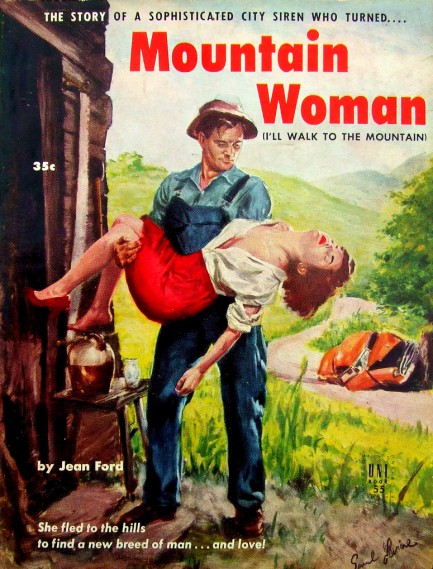
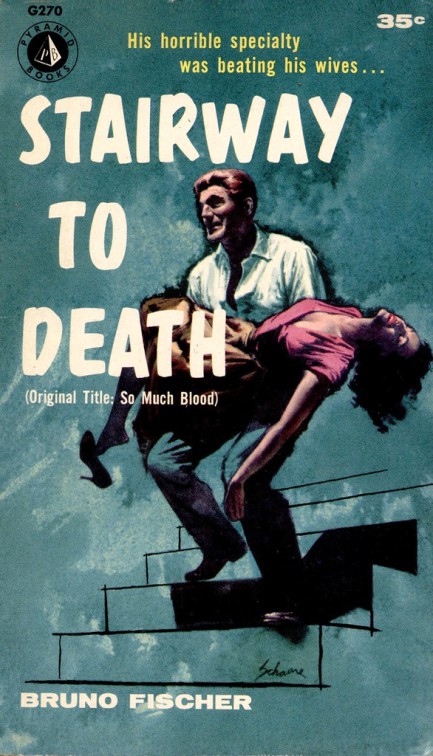
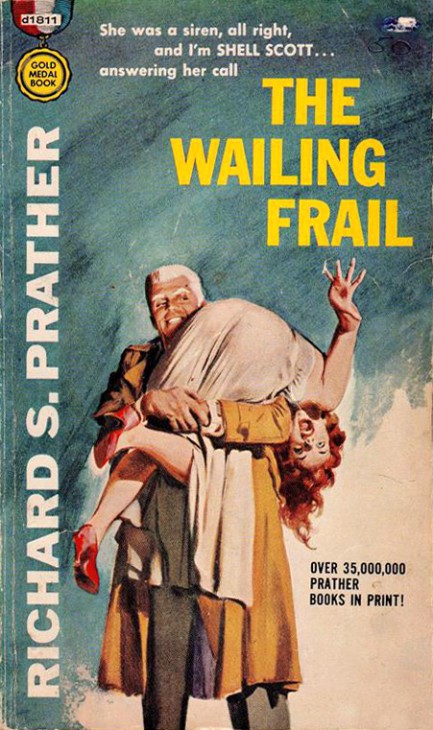
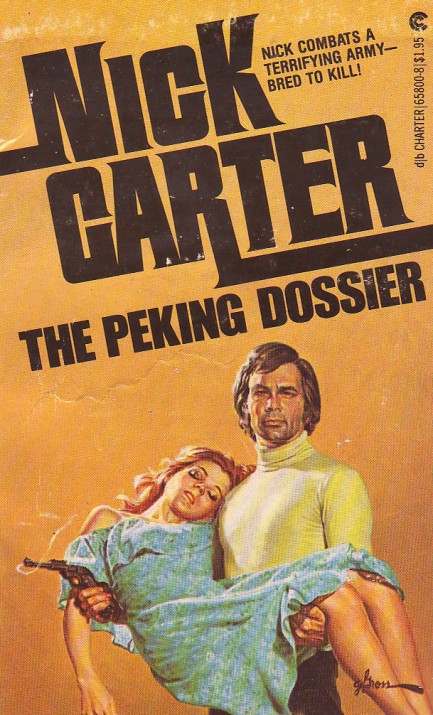
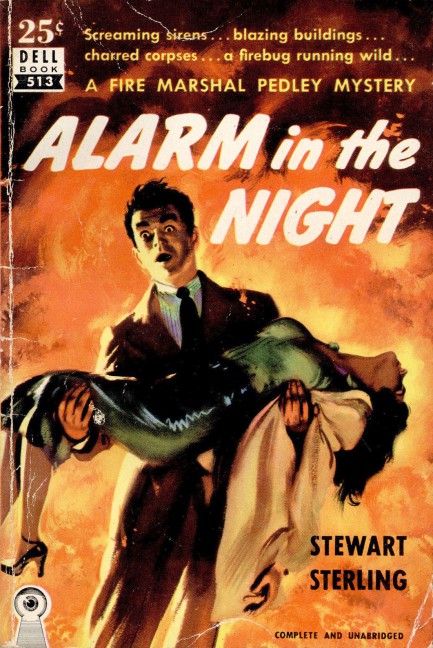

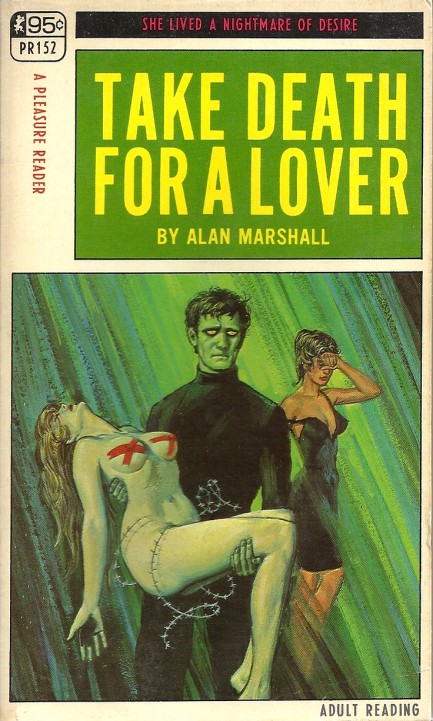

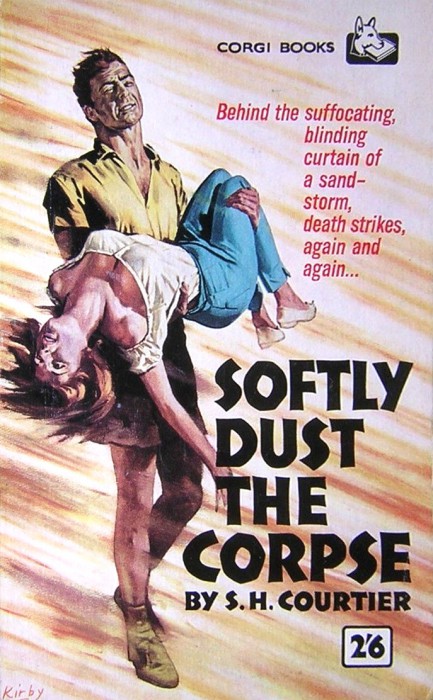
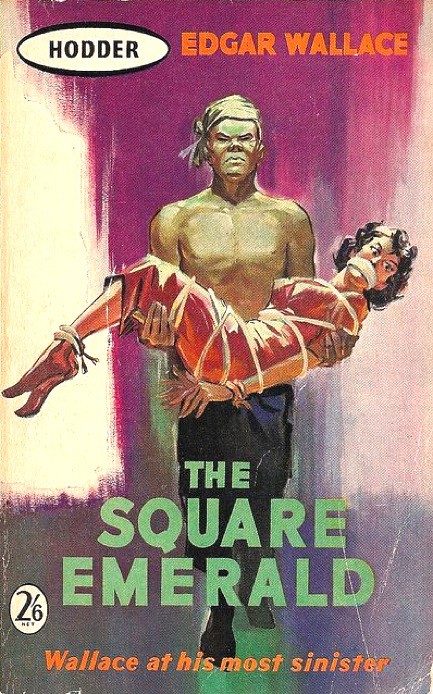

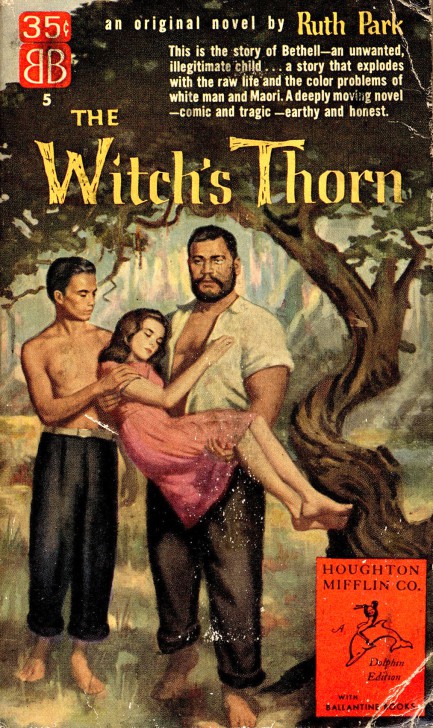
| Vintage Pulp | Oct 5 2009 |

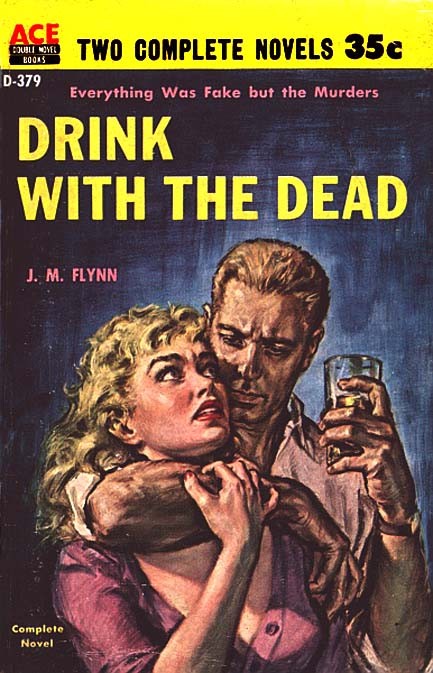
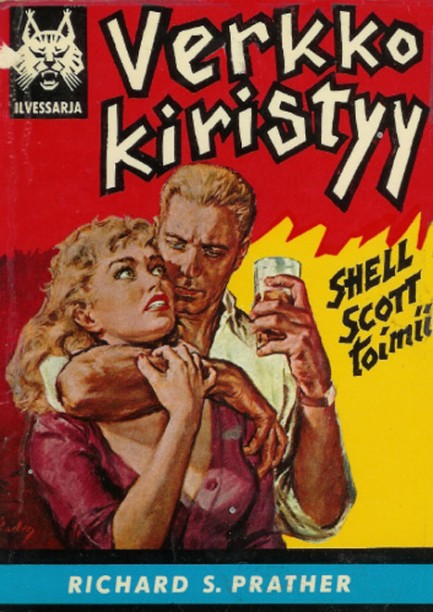
American author Jay Flynn, aka J.M. Flynn, is one of those writers whose real life reads as entertainingly as some of his fiction. He was a heavy drinker with a case of wanderlust, and he set up shop in places like Massachusetts, California, Paris, Mallorca, and Monte Carlo. 1959’s Drink with the Dead is considered one of his better books—you see Paul Rader's U.S. cover art above, and as a bonus we've shared Richard S. Prather's Finnish edition of Bodies in Bedlam, which borrows the same image. Drink with the Dead concerns a bunch of modern day bootleggers—ironic, considering Flynn got involved in the illegal liquor trade at one point. He was one of those rough and tumble writers that injected a lot of personal experience into his fiction, and whose erratic, hellraising ways always made subsistence a struggle. He spent time on skid row, was hired and fired by a lot of publishers, and refused to give up the booze even after his doctor said it would kill him. He died younger than he should have, perhaps, but left behind a lot of writing. You can find a detailed review of Drink with the Dead here. and a detailed bio of Flynn here.




































































